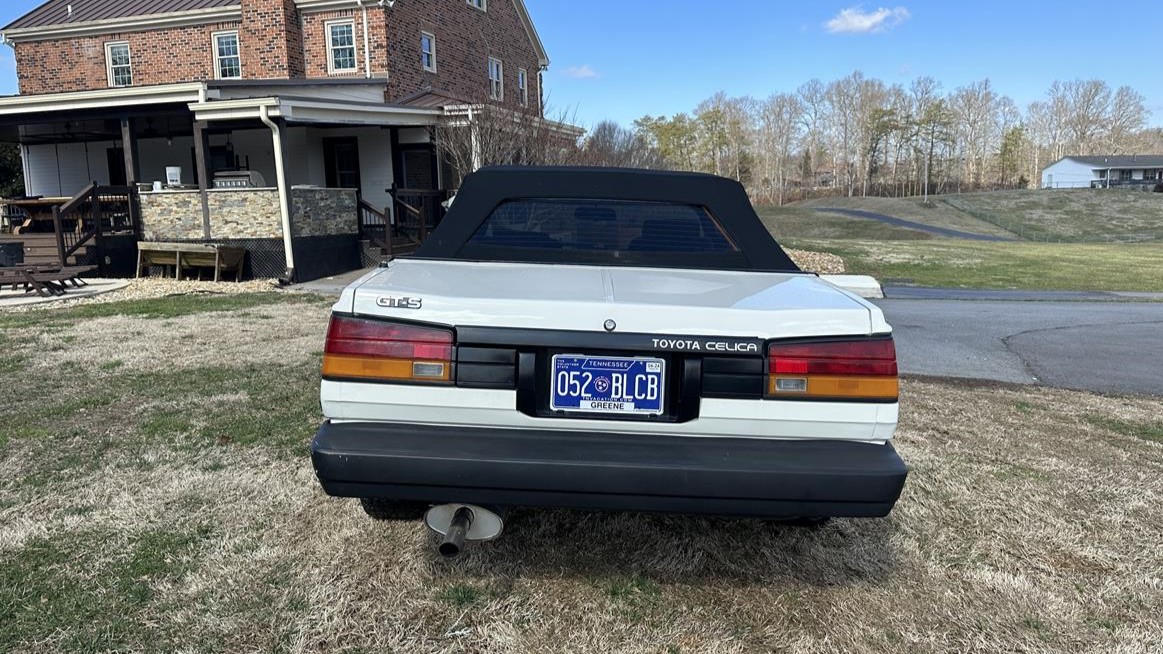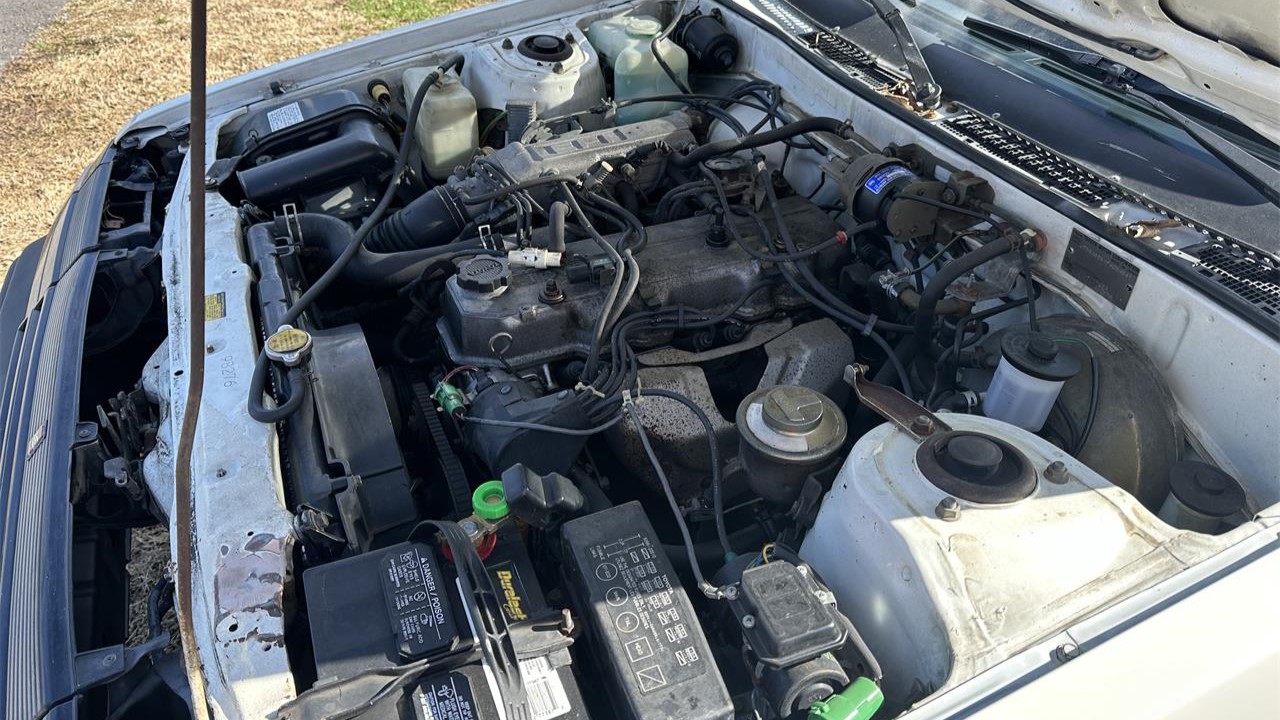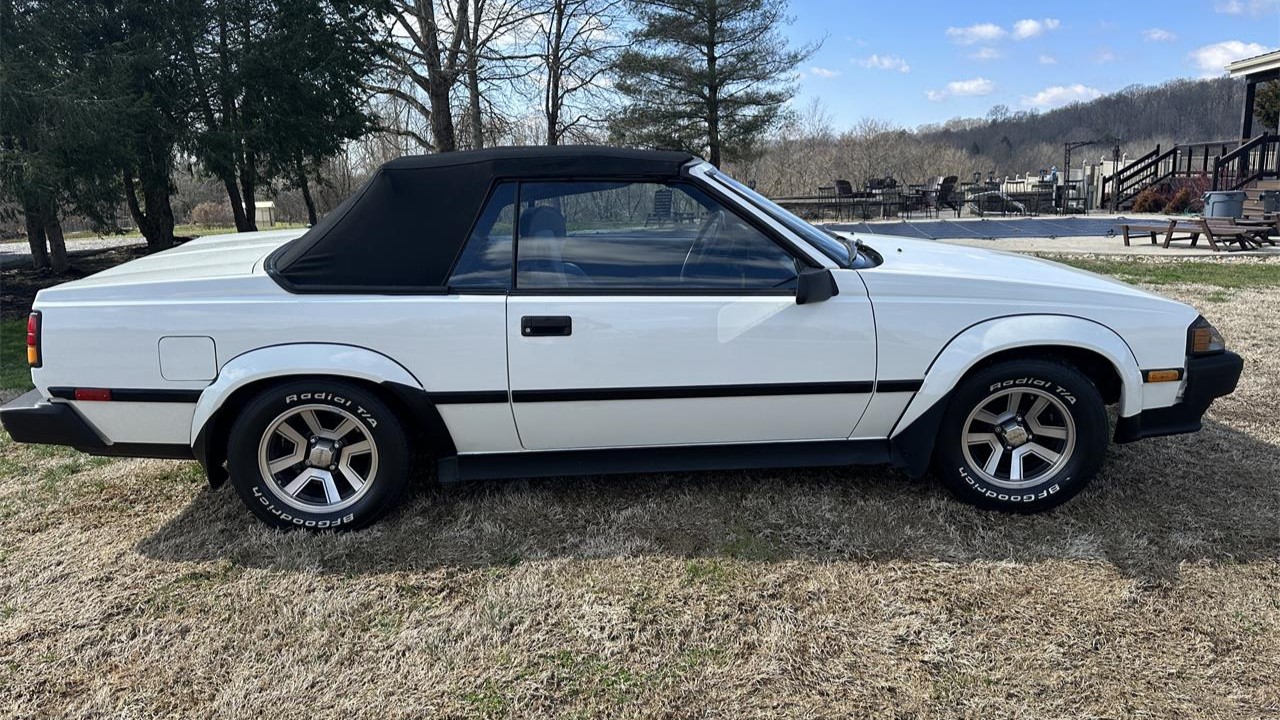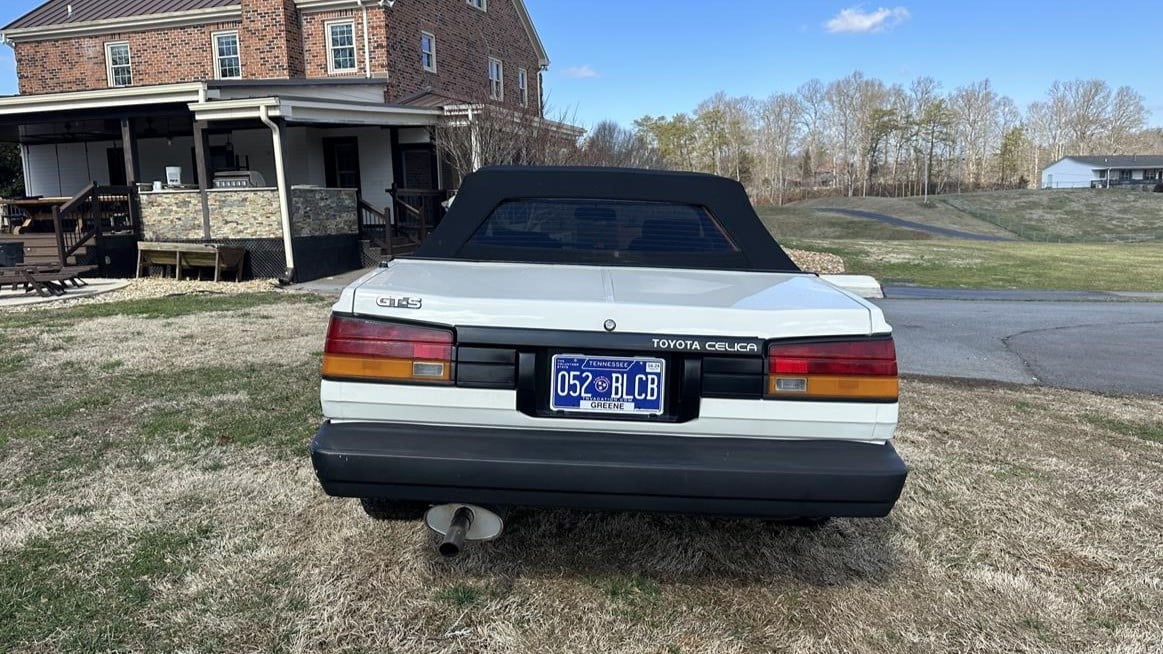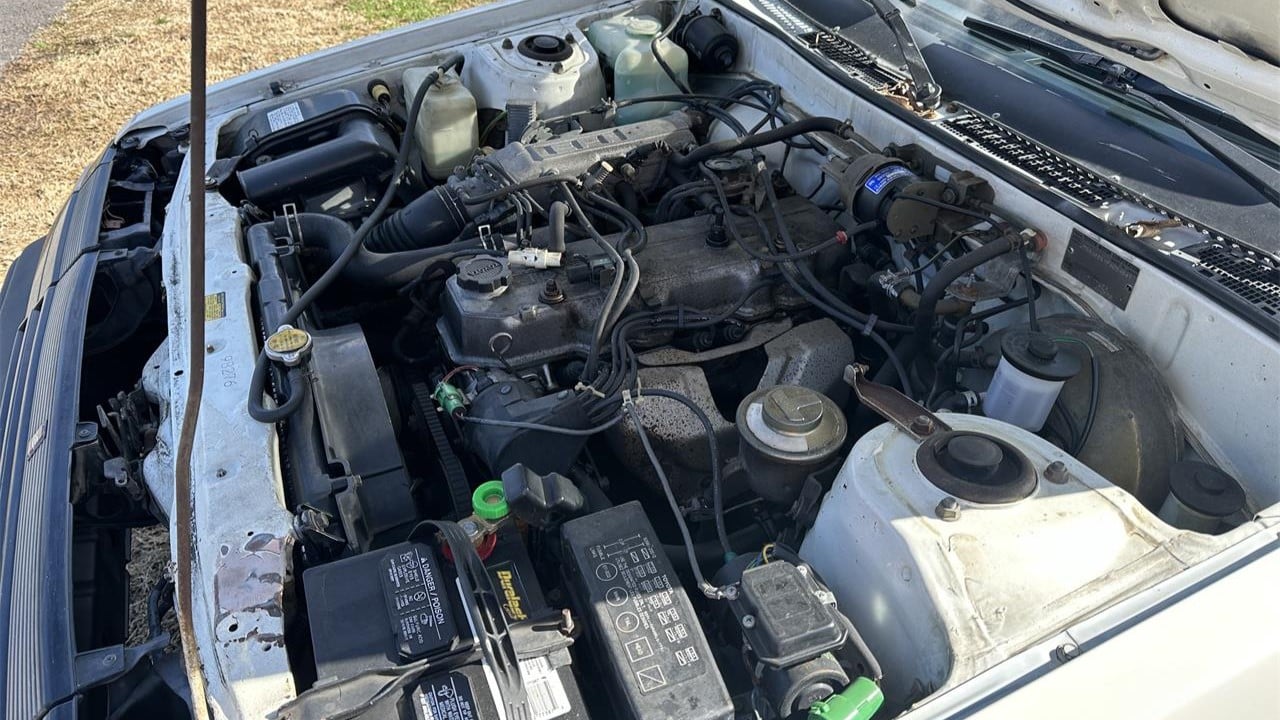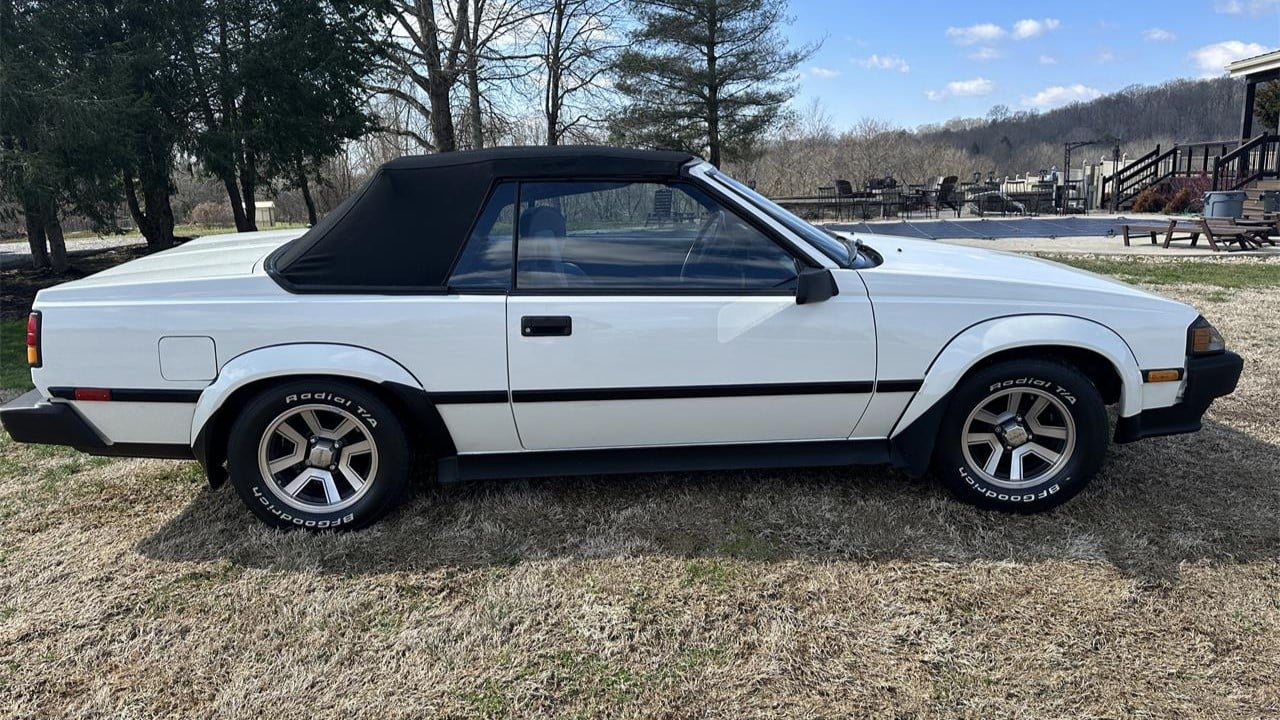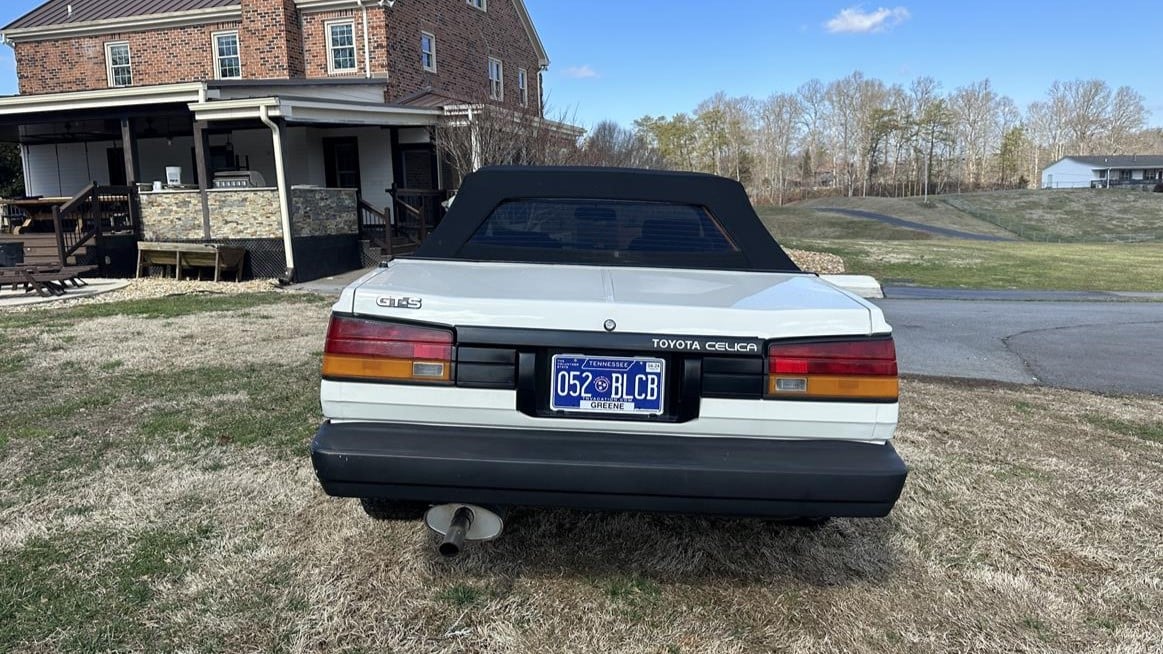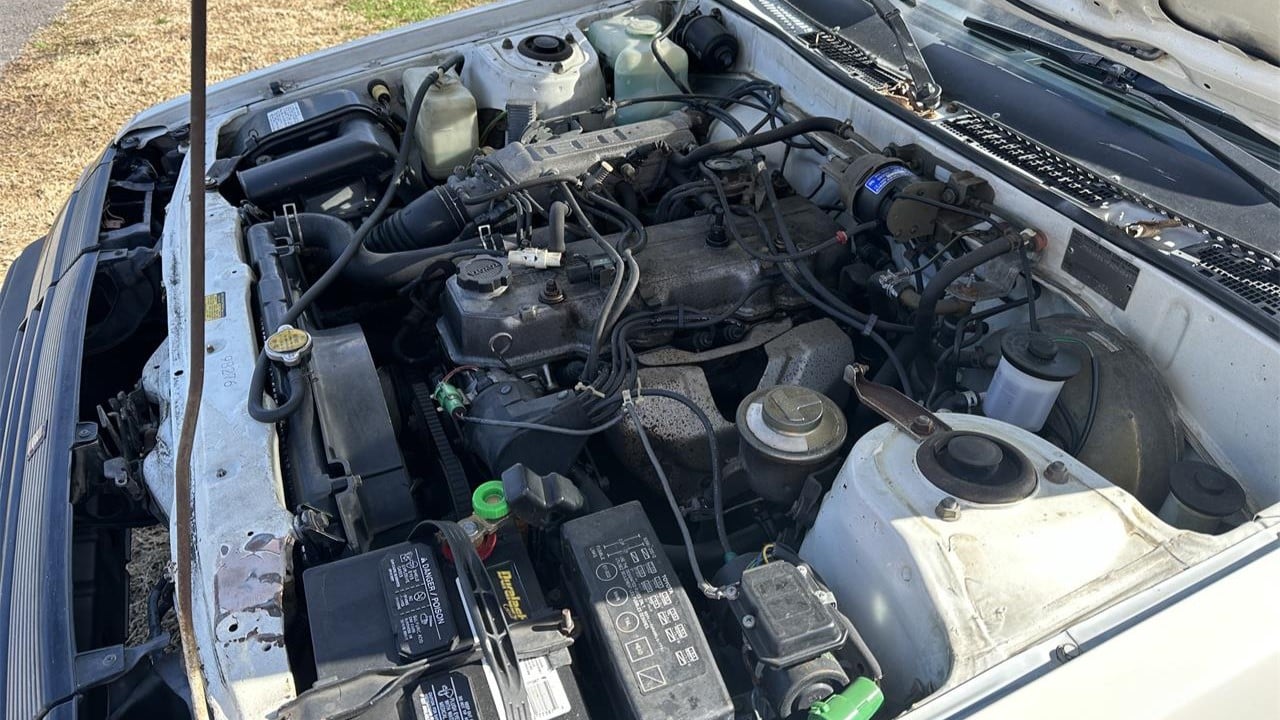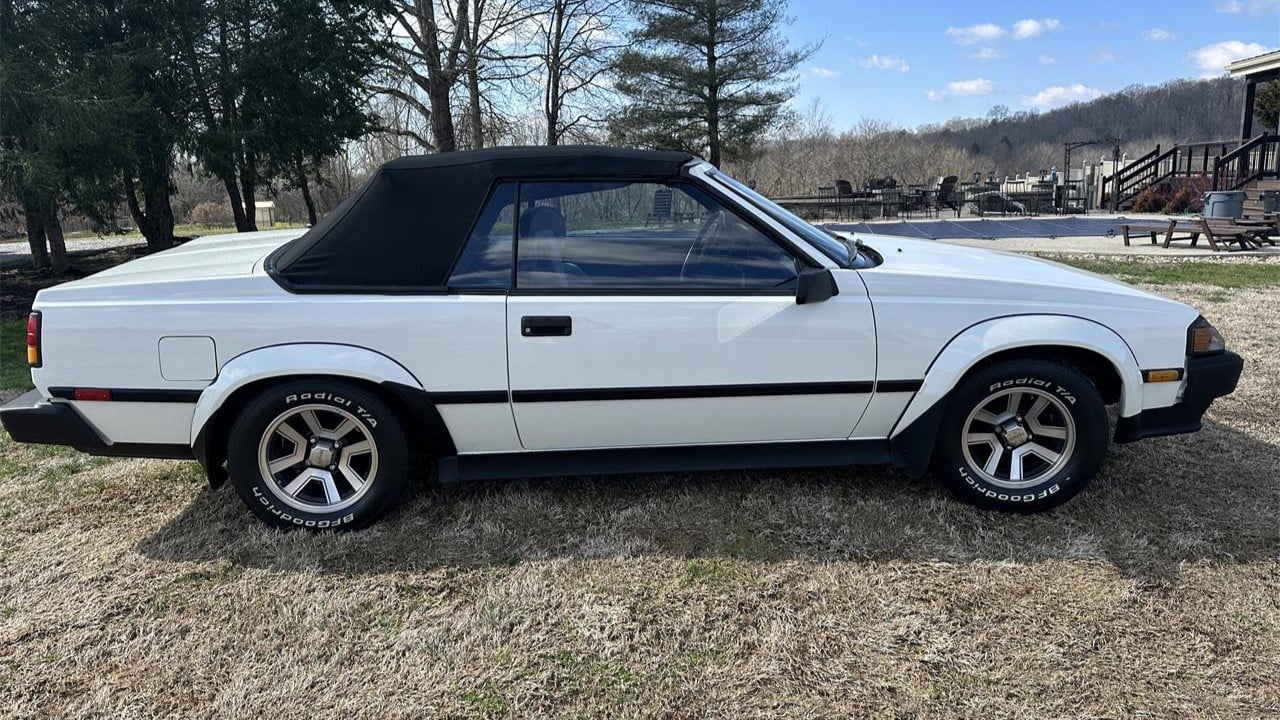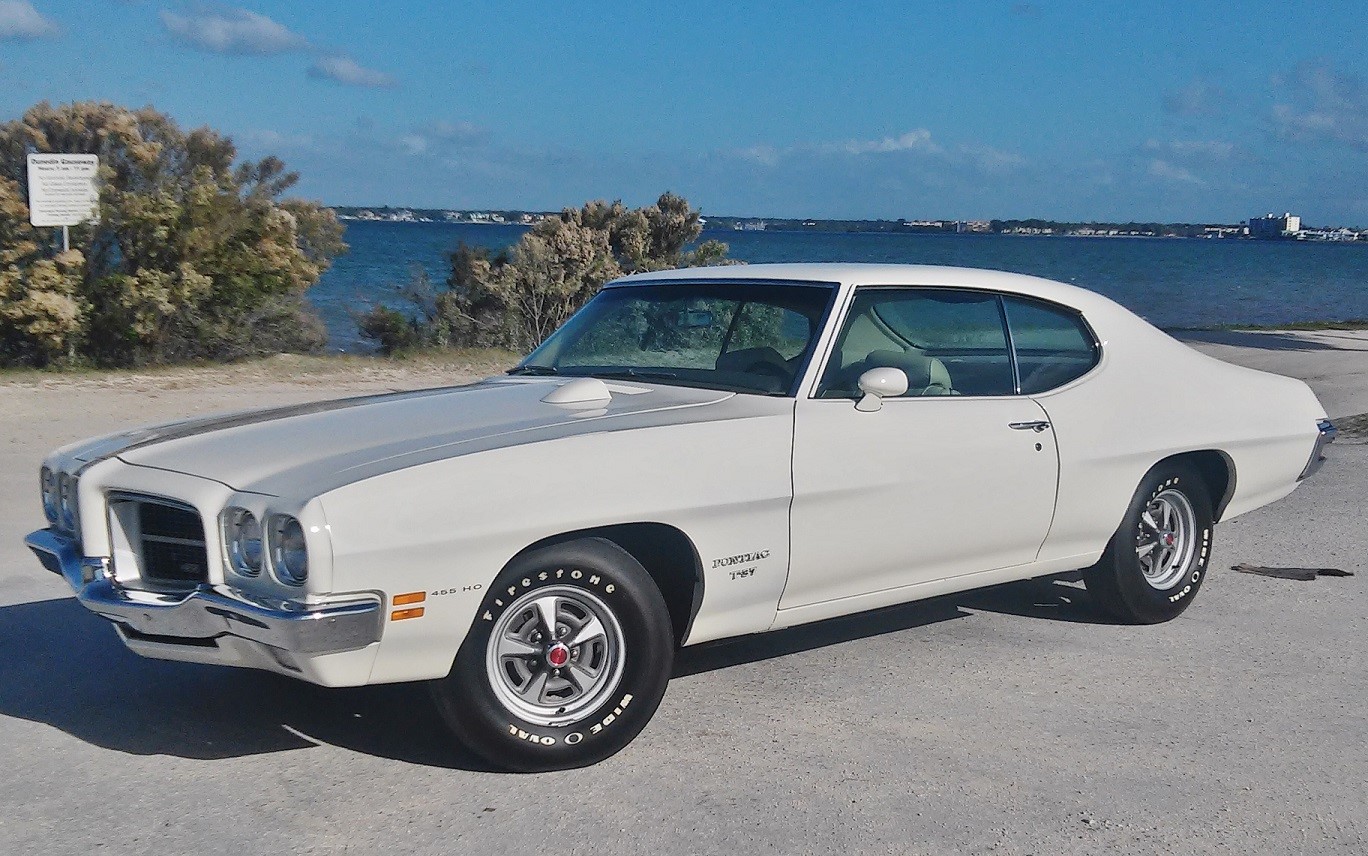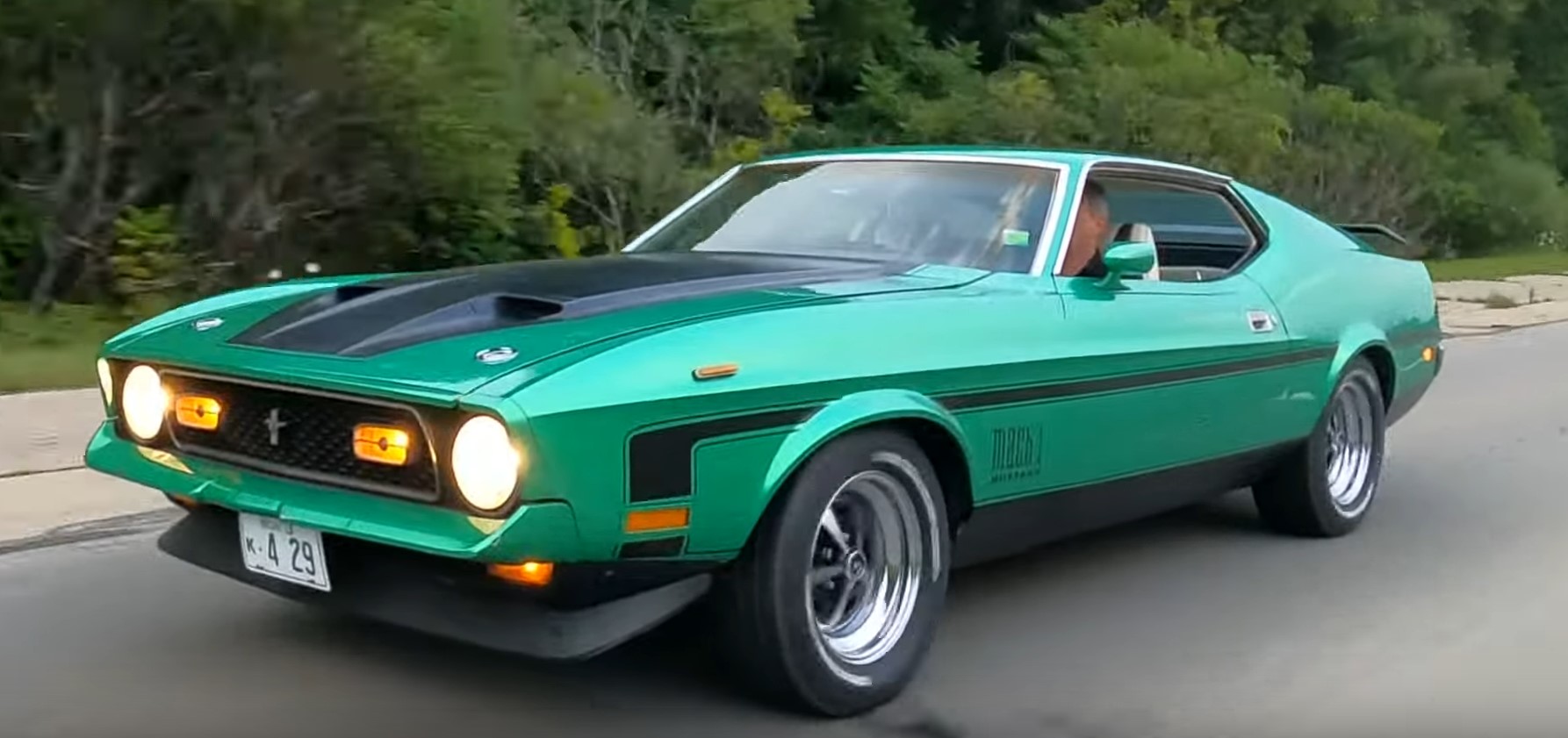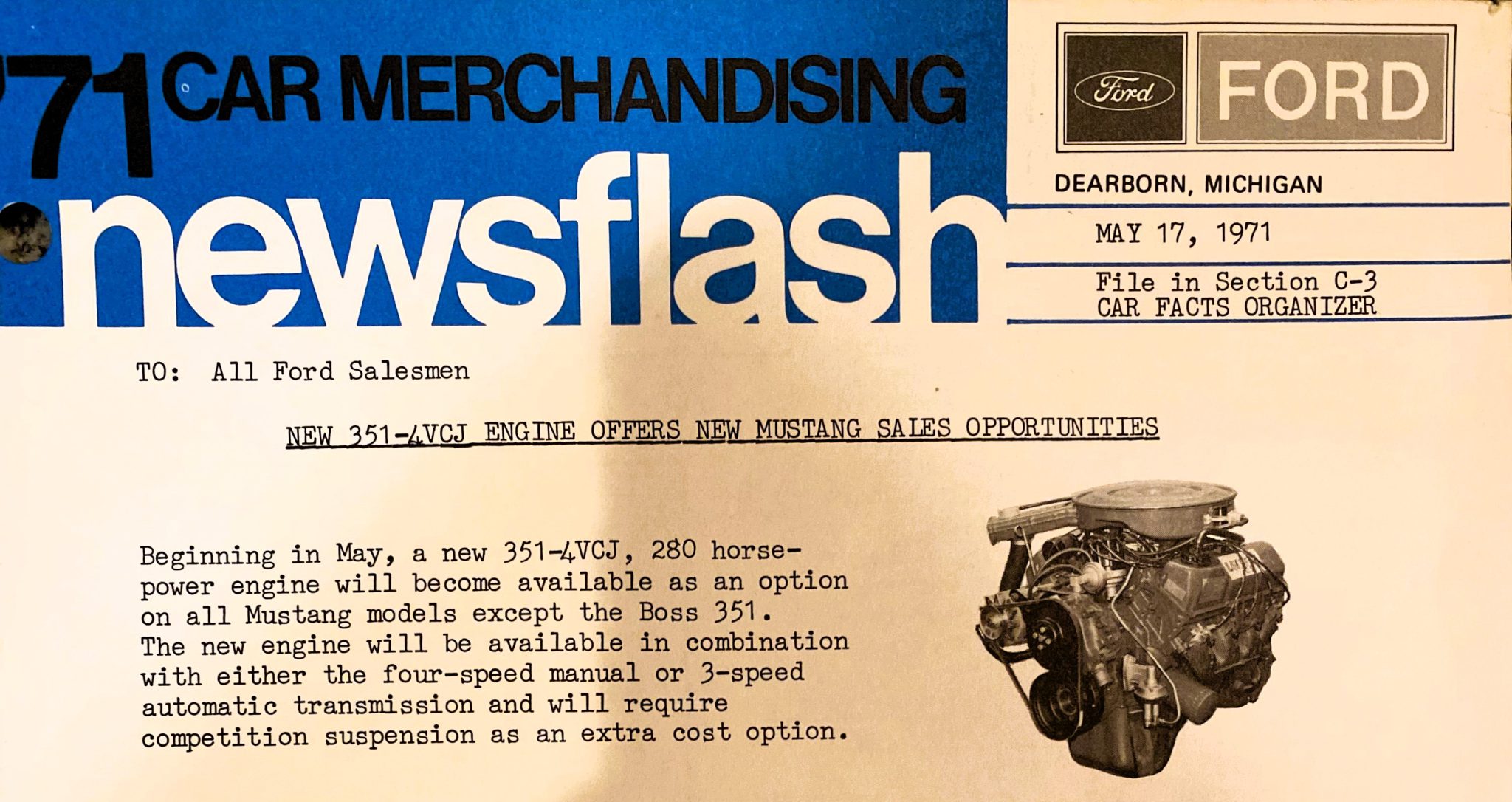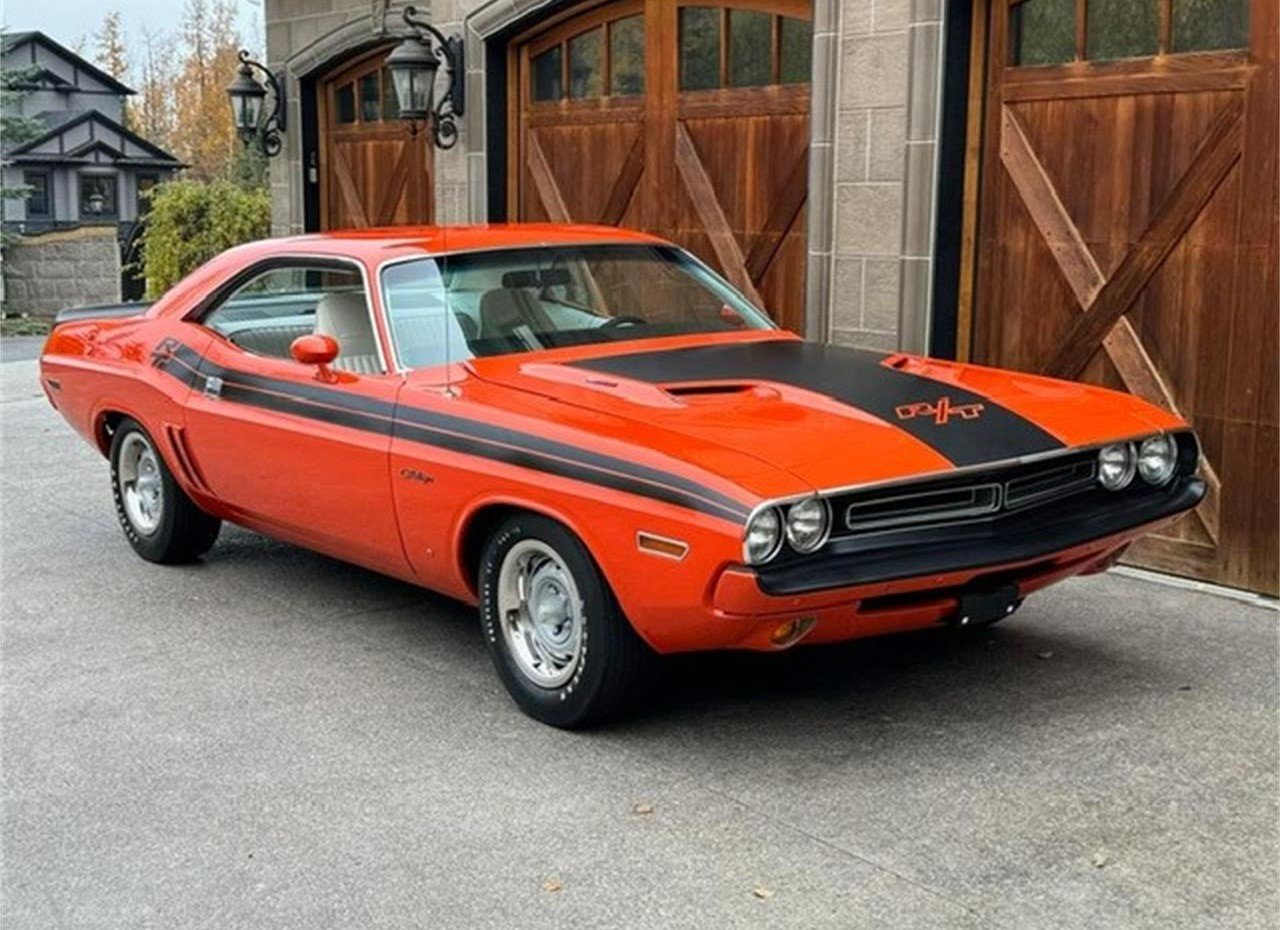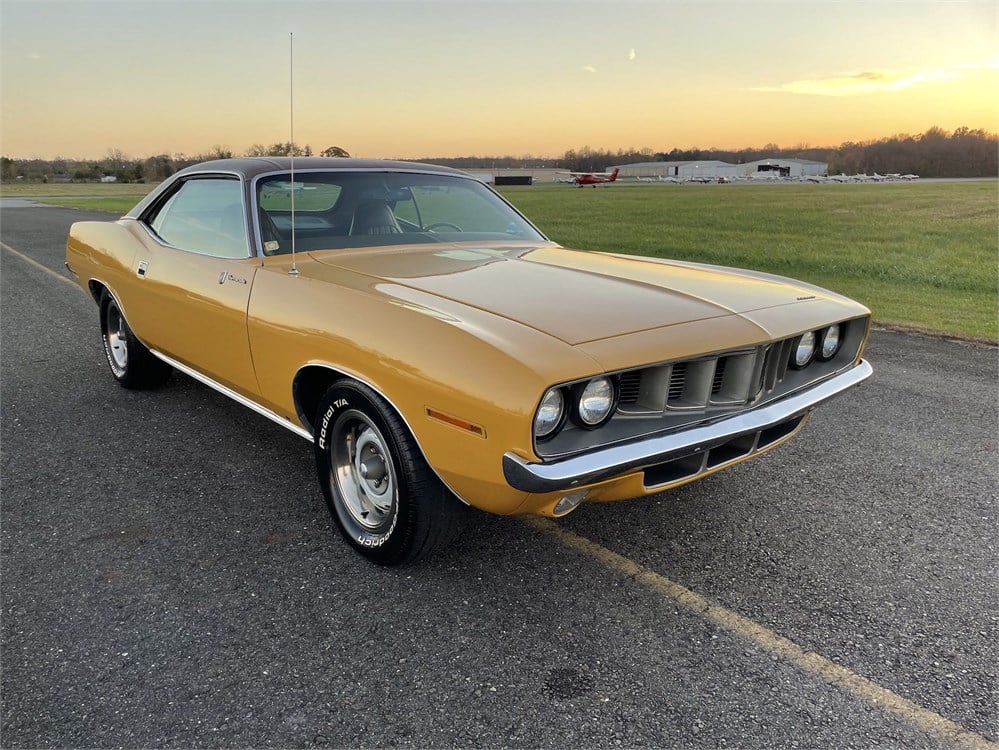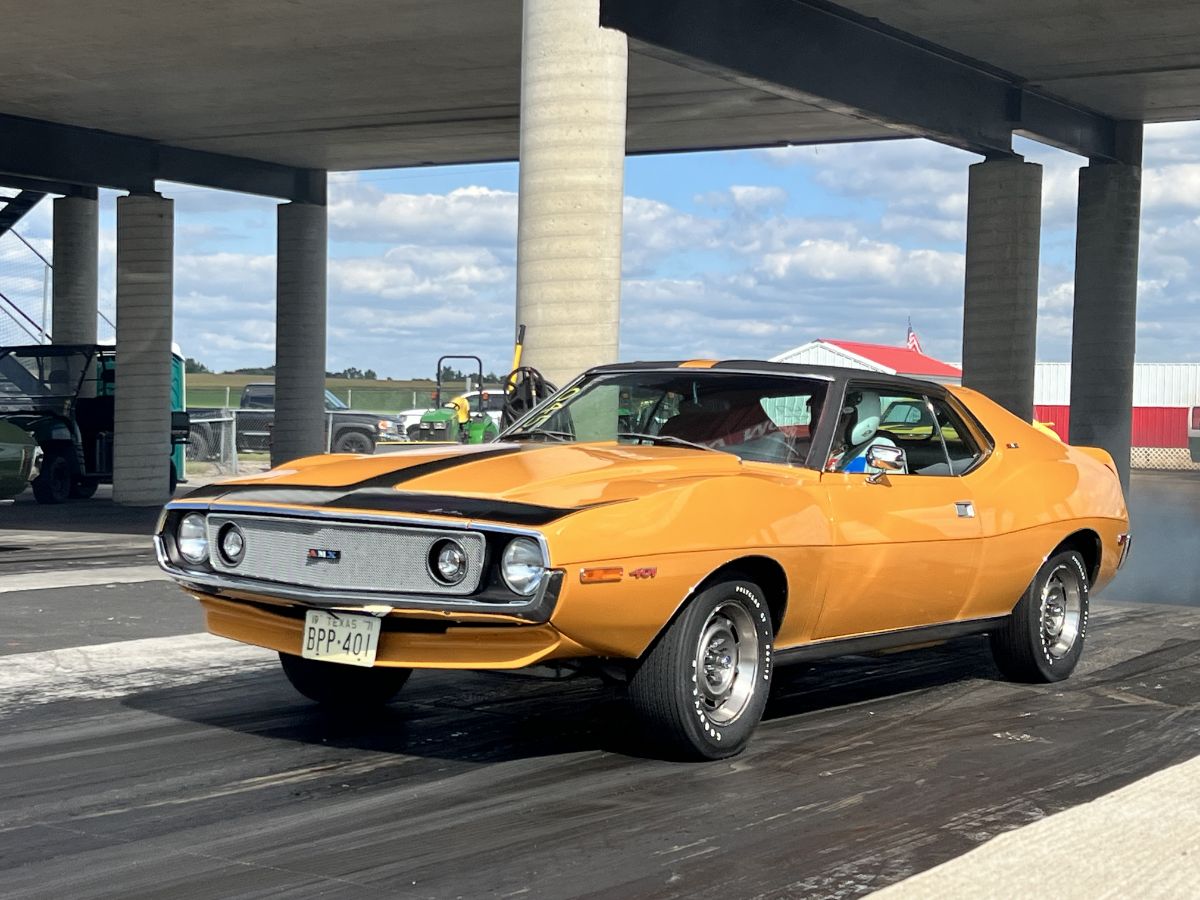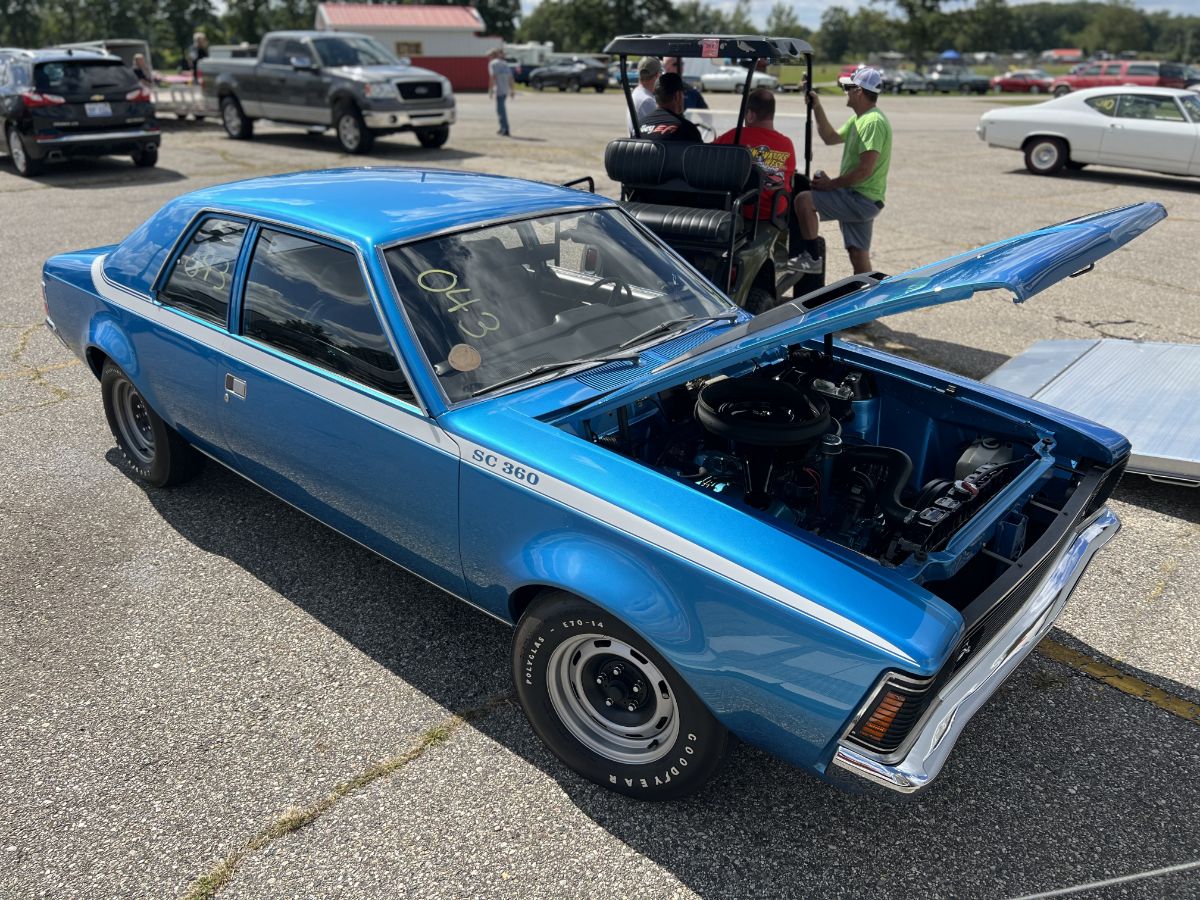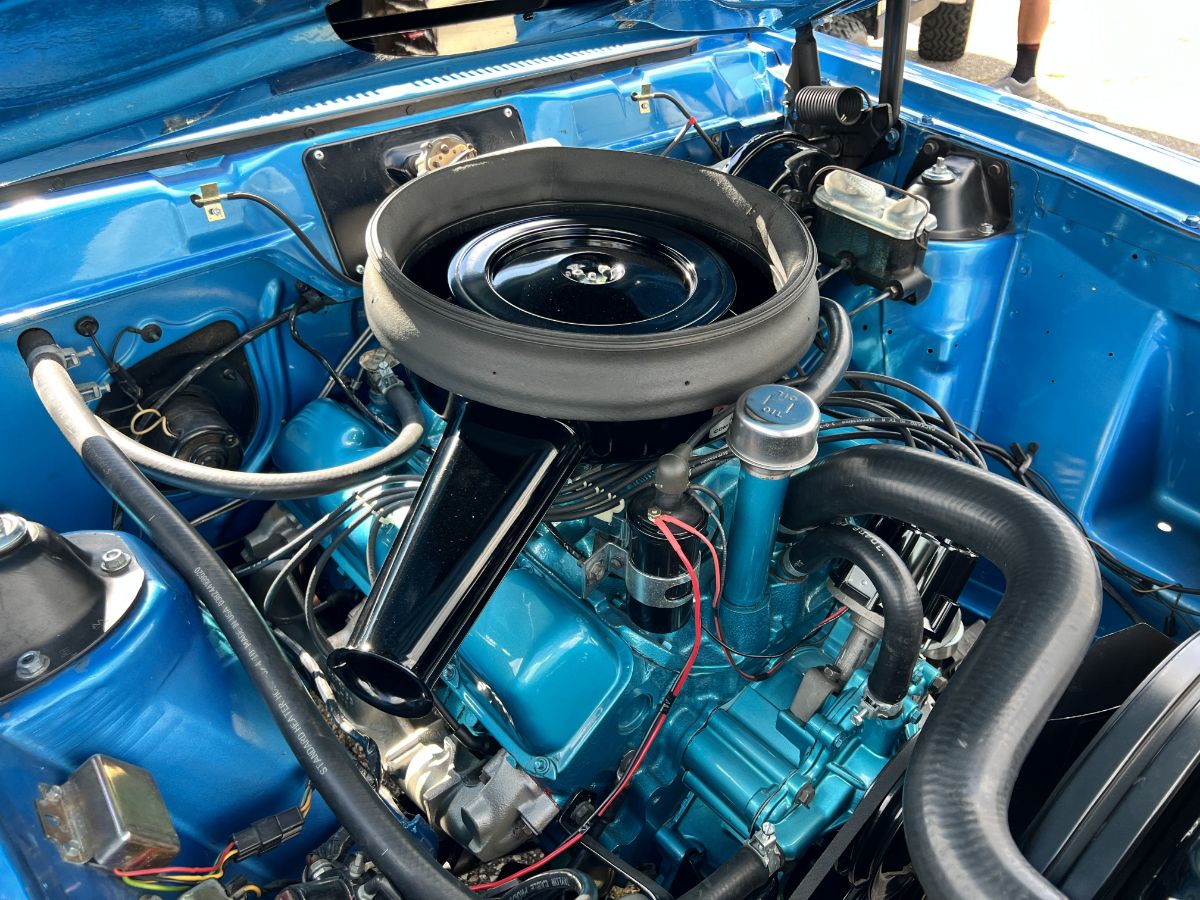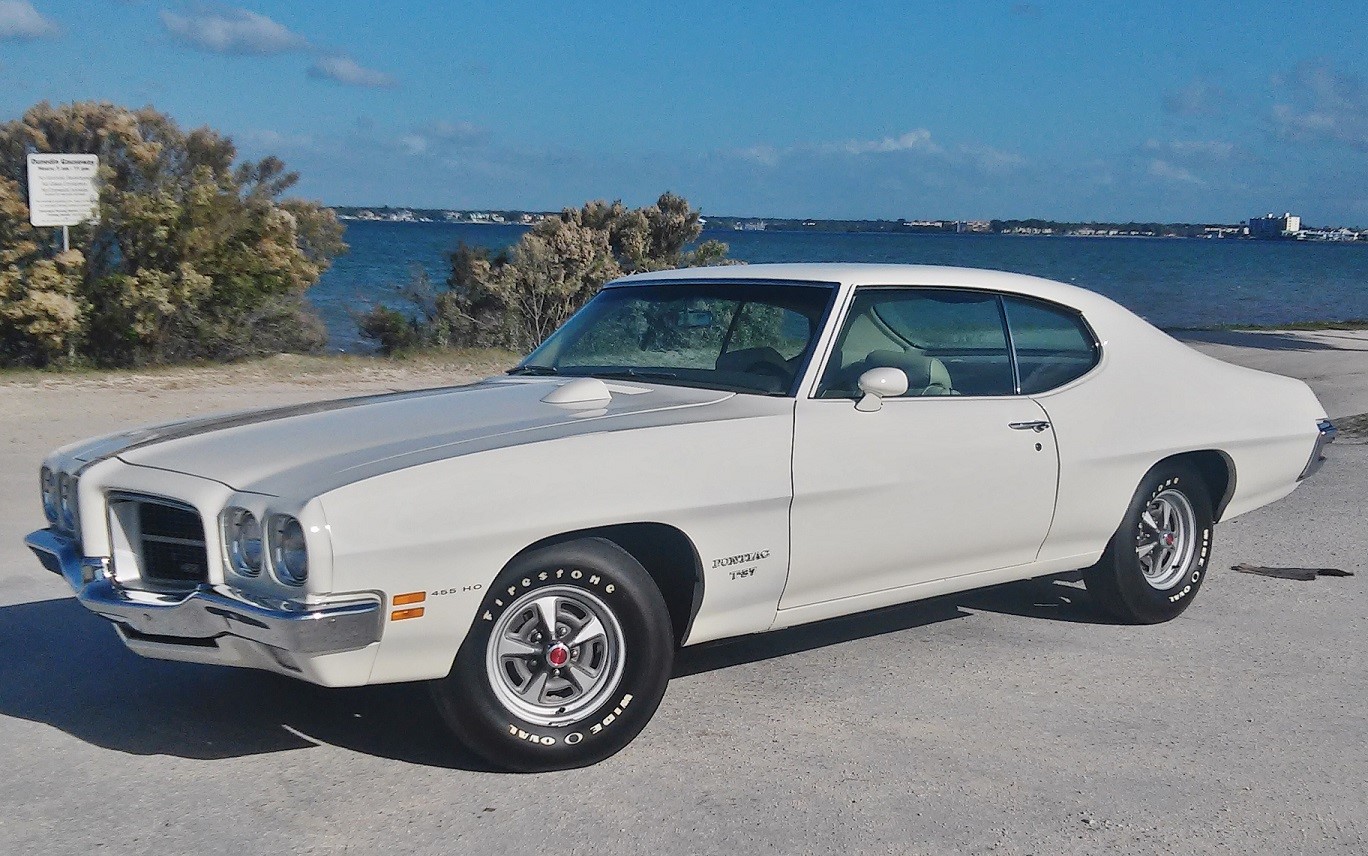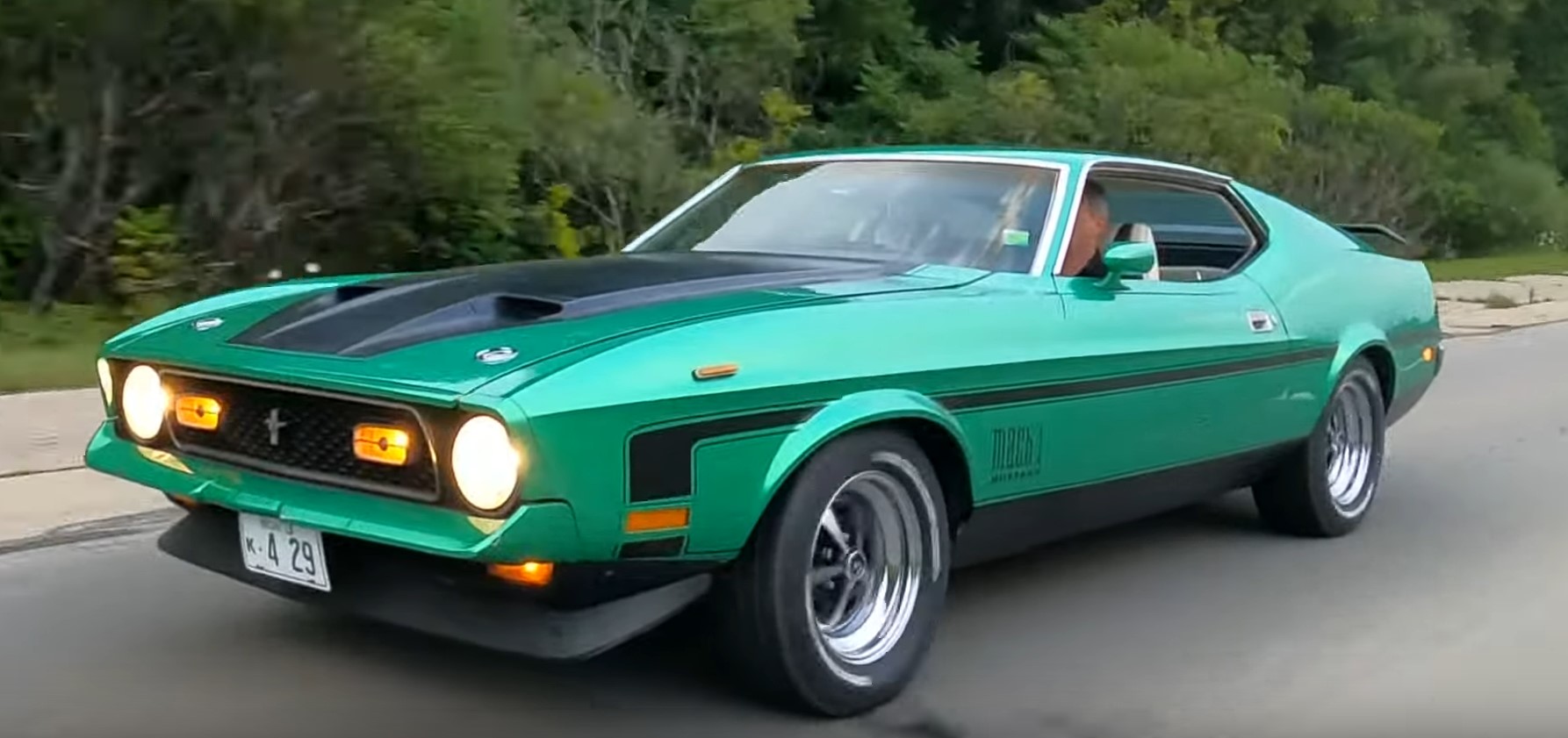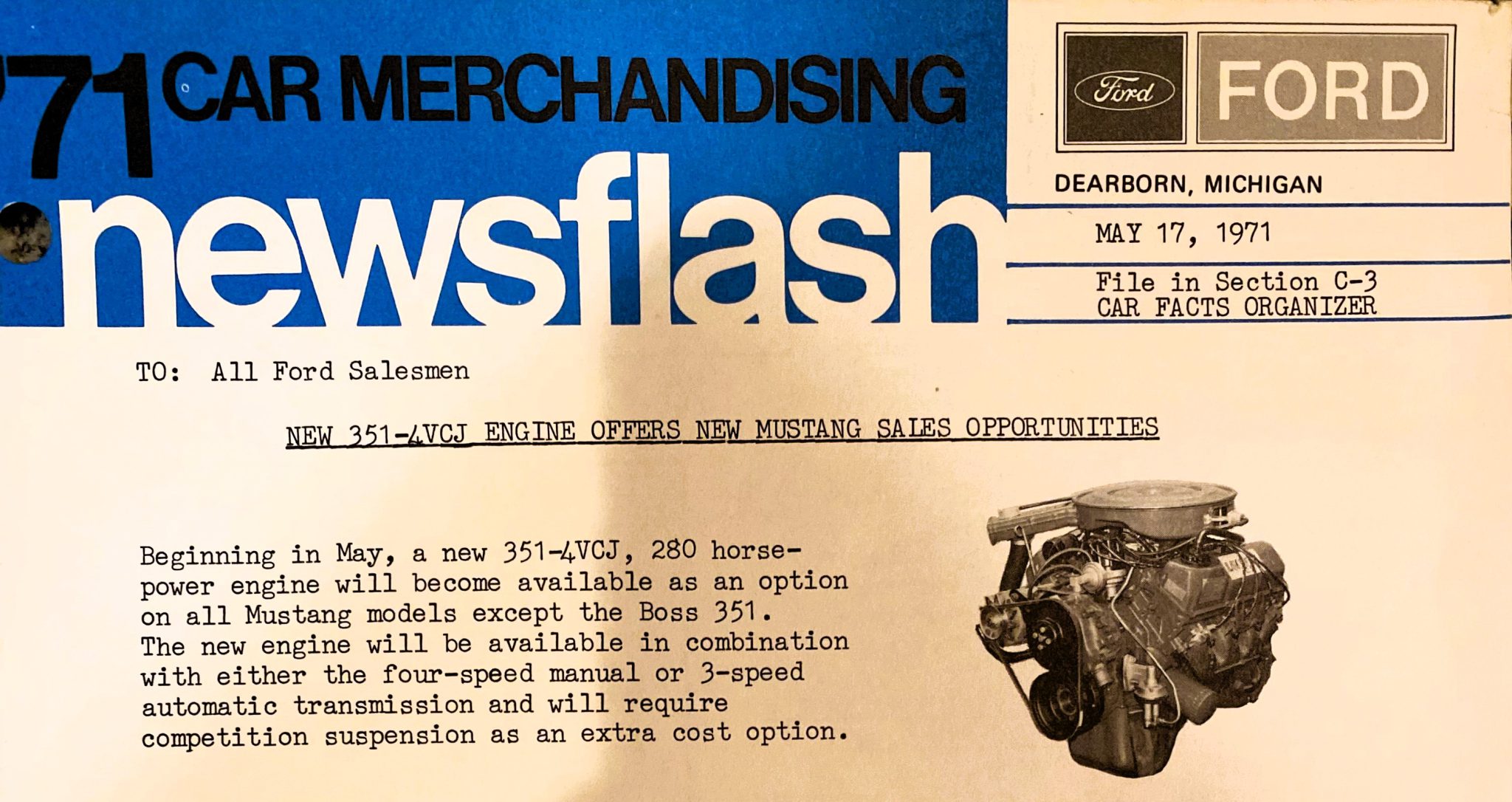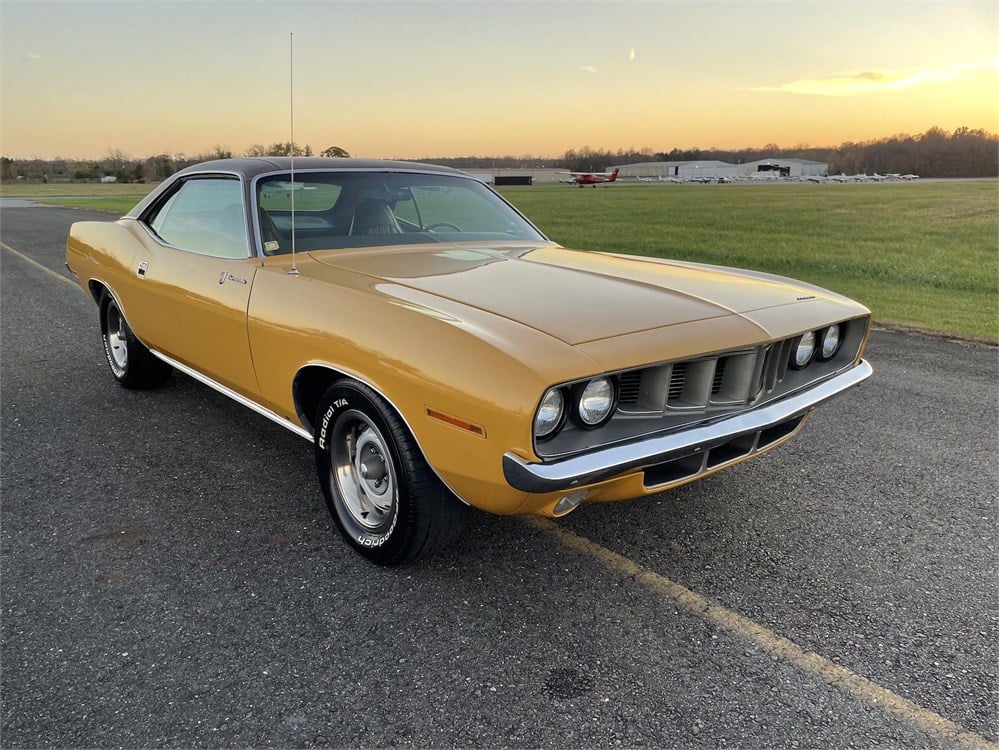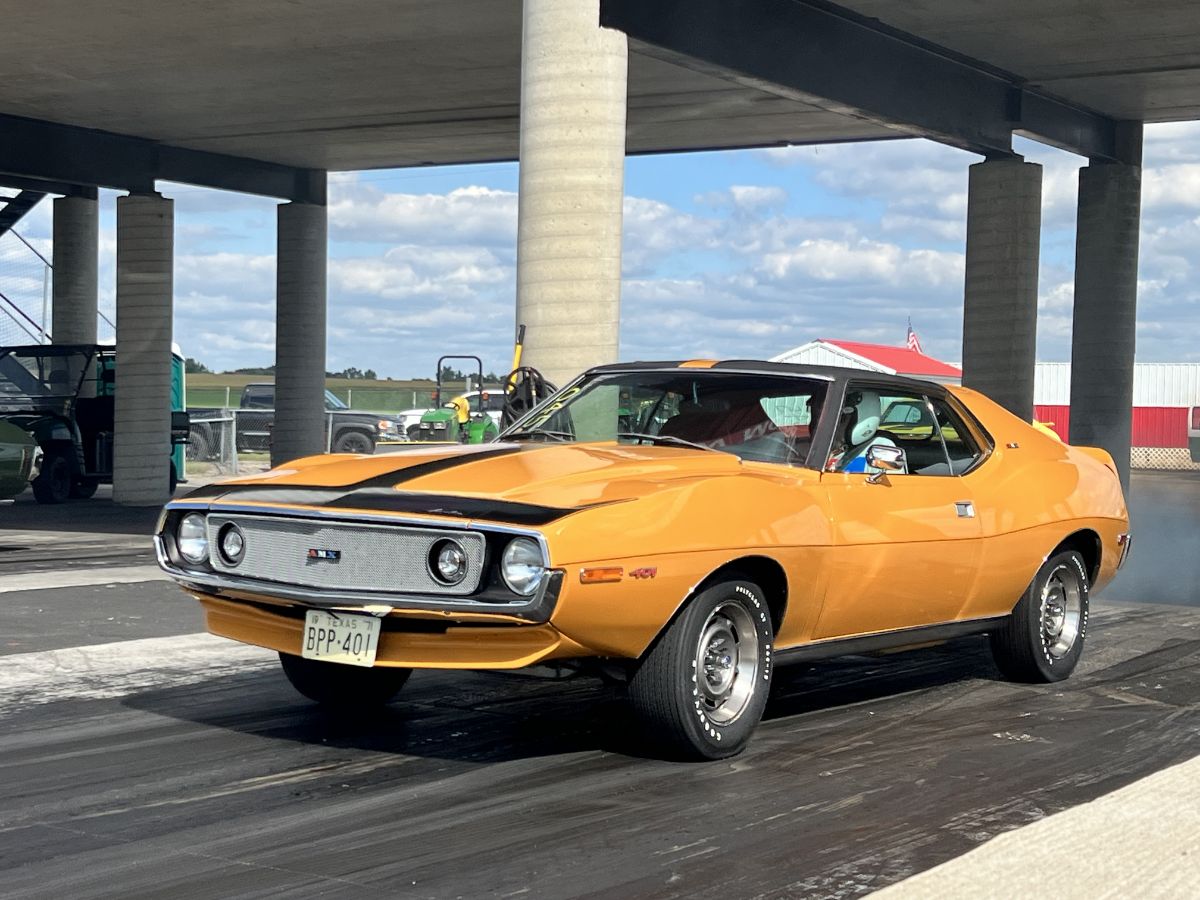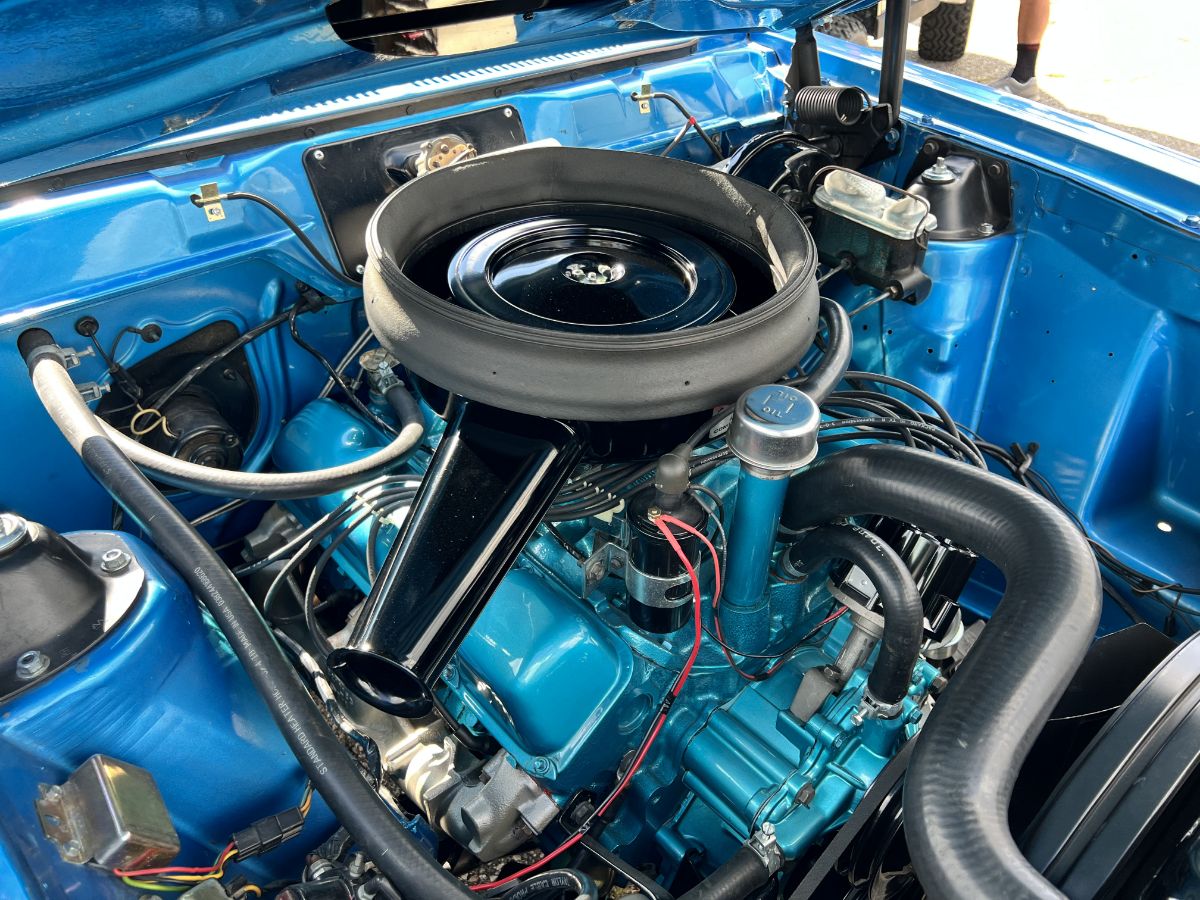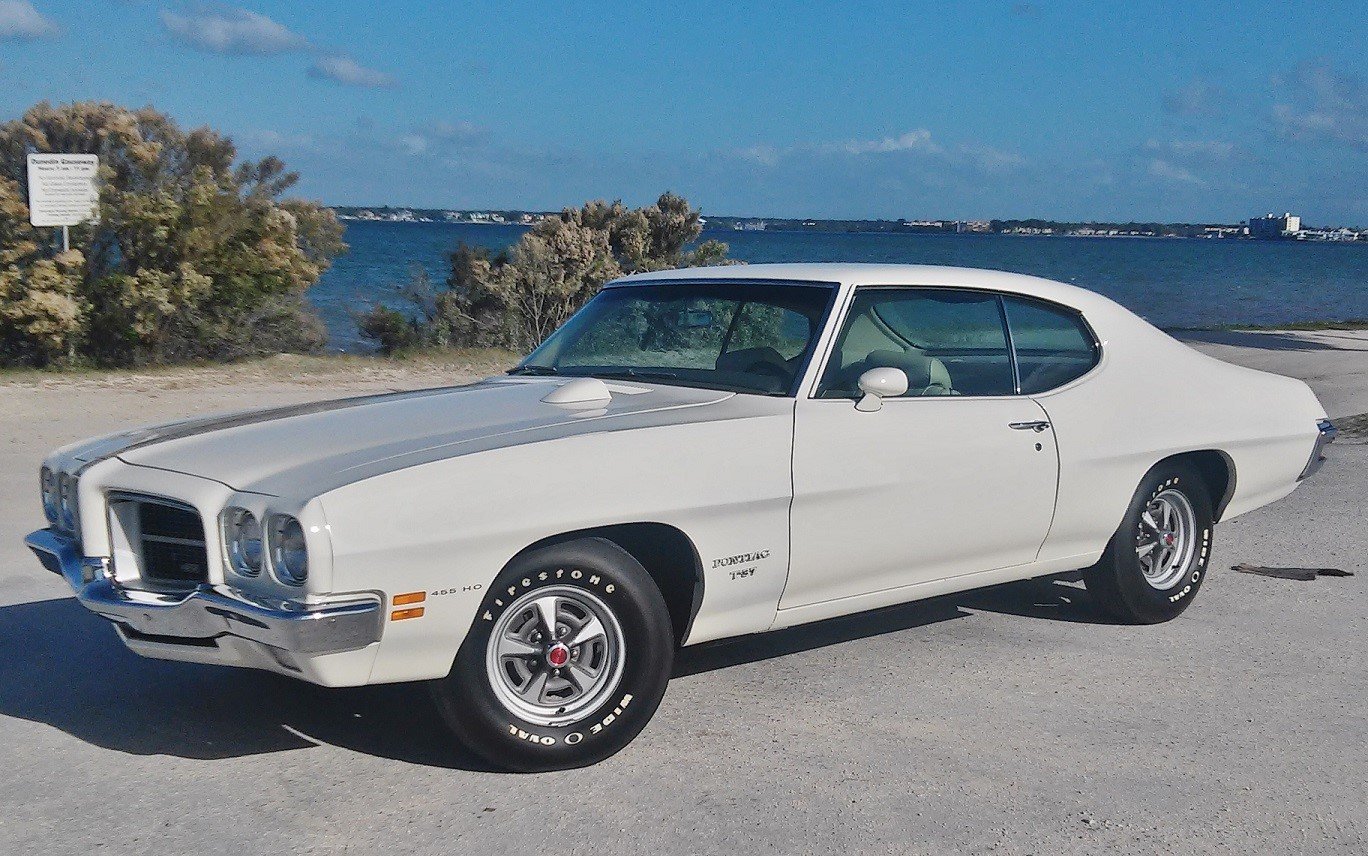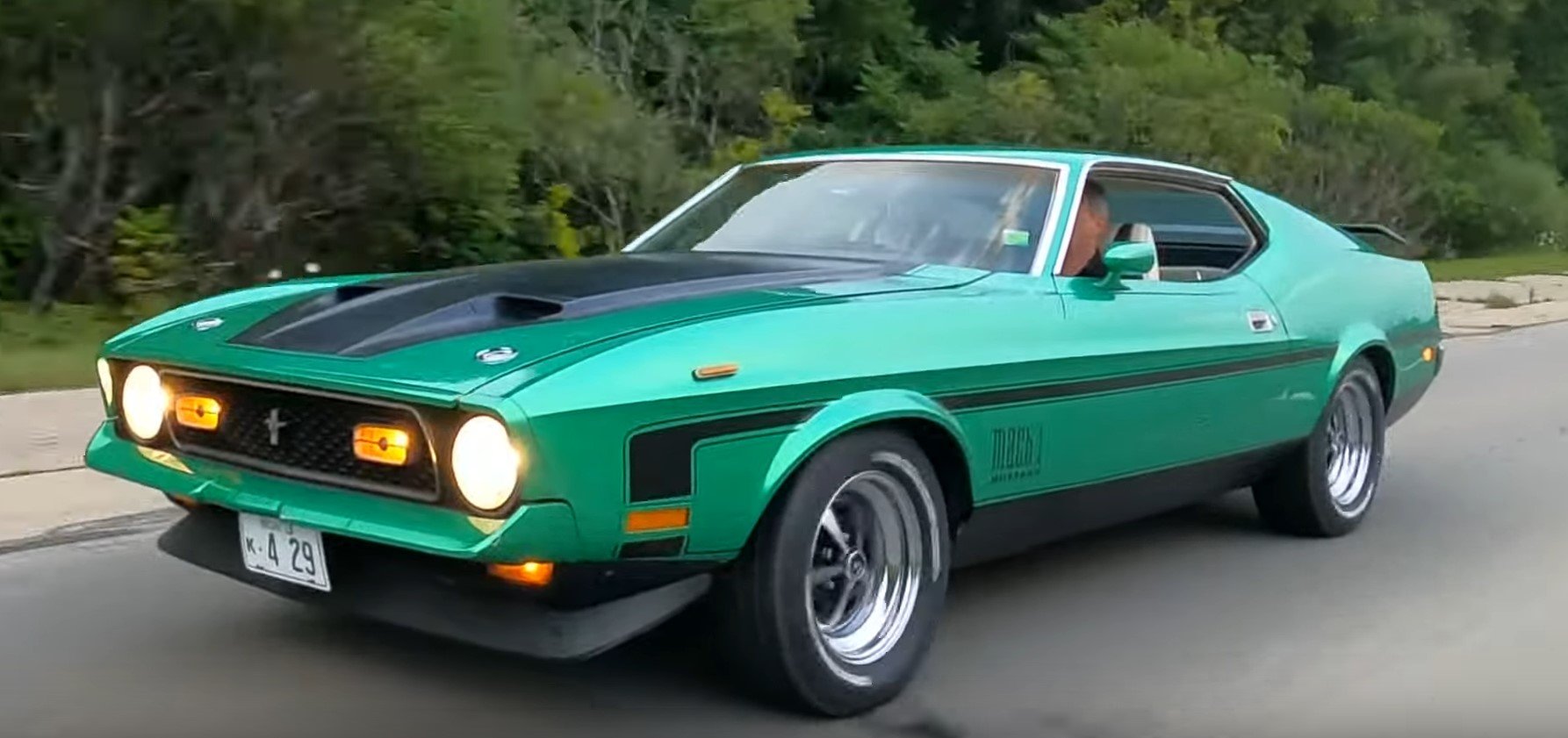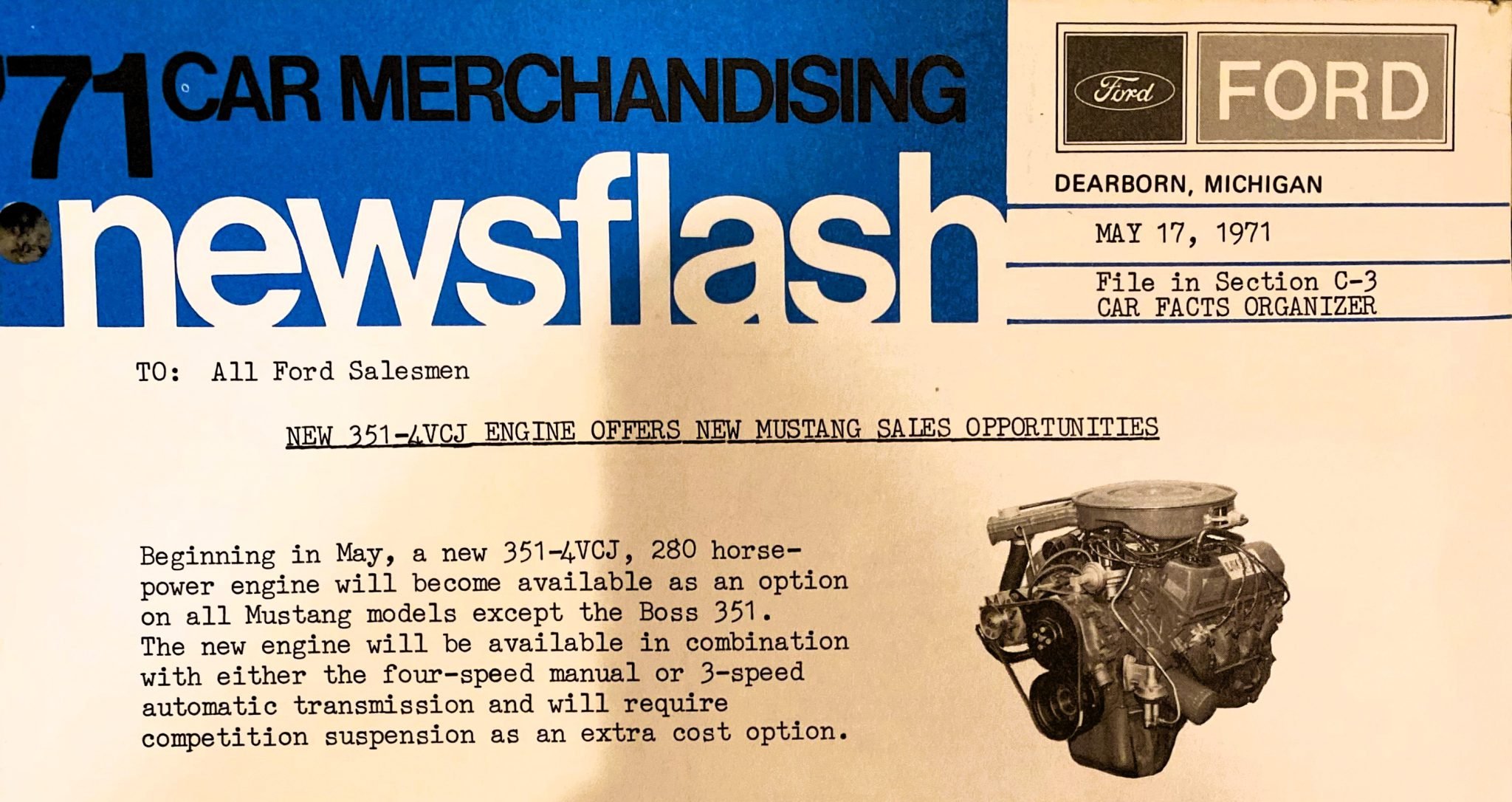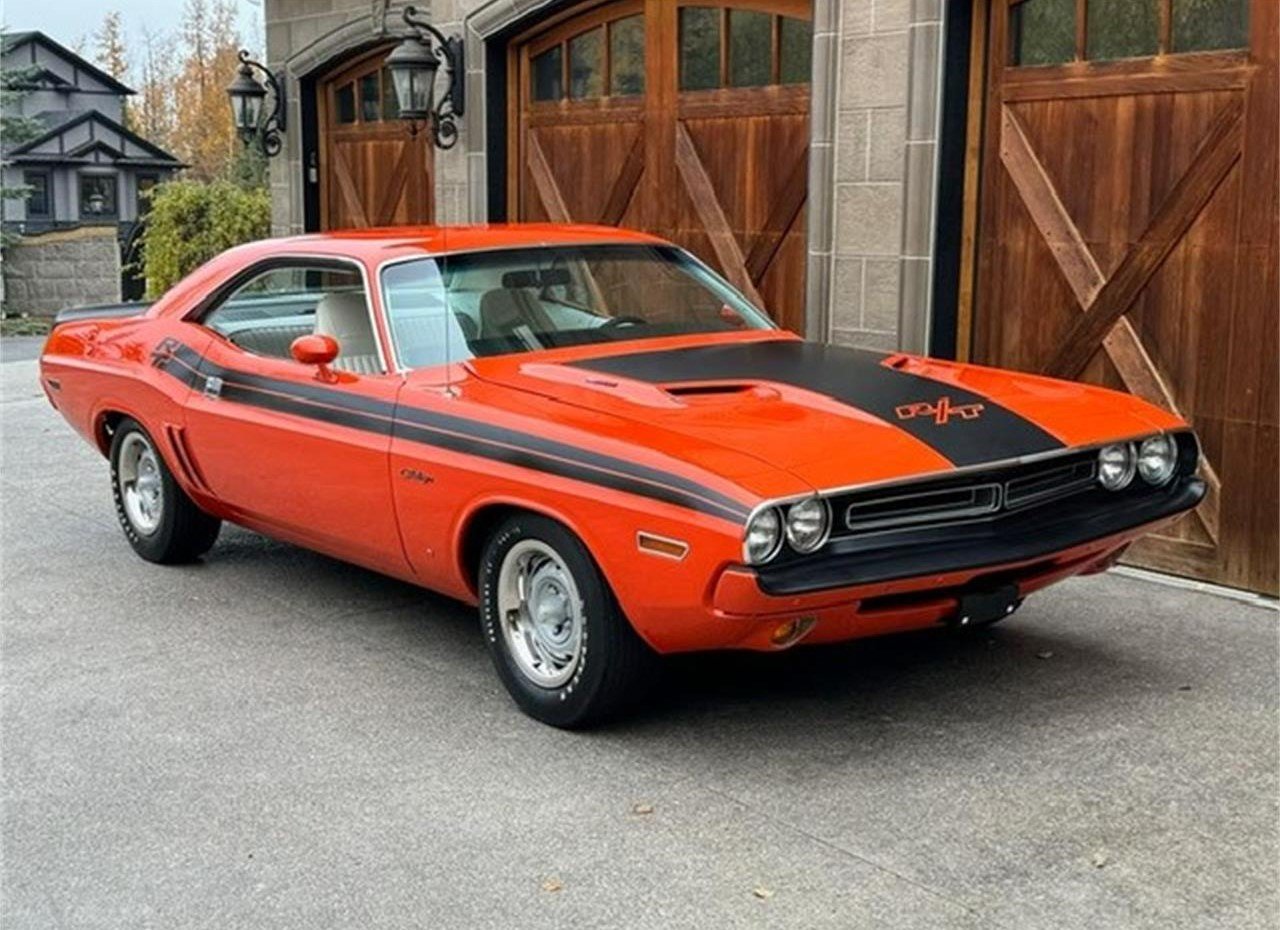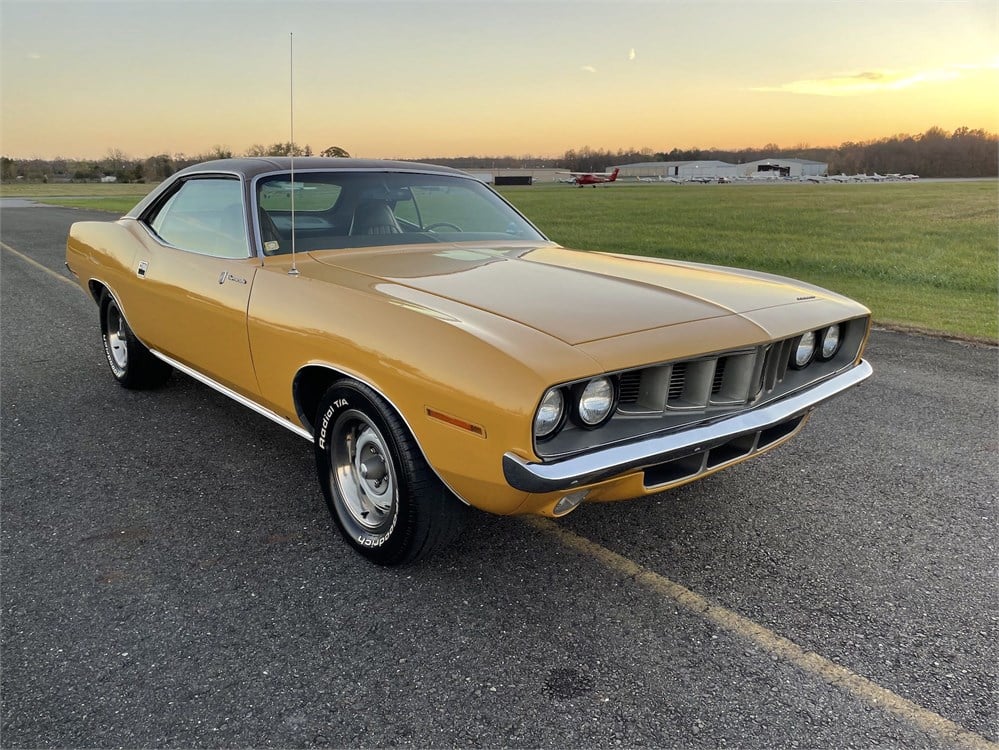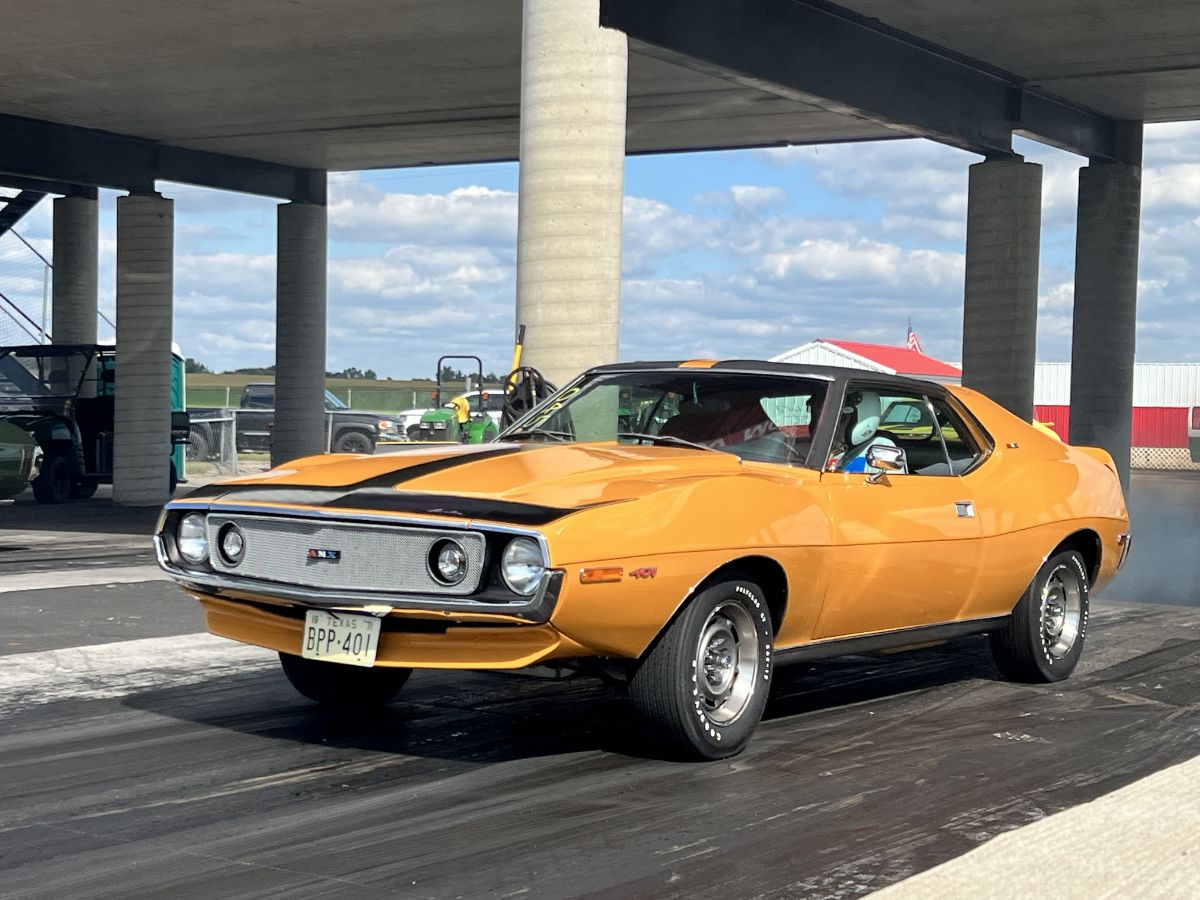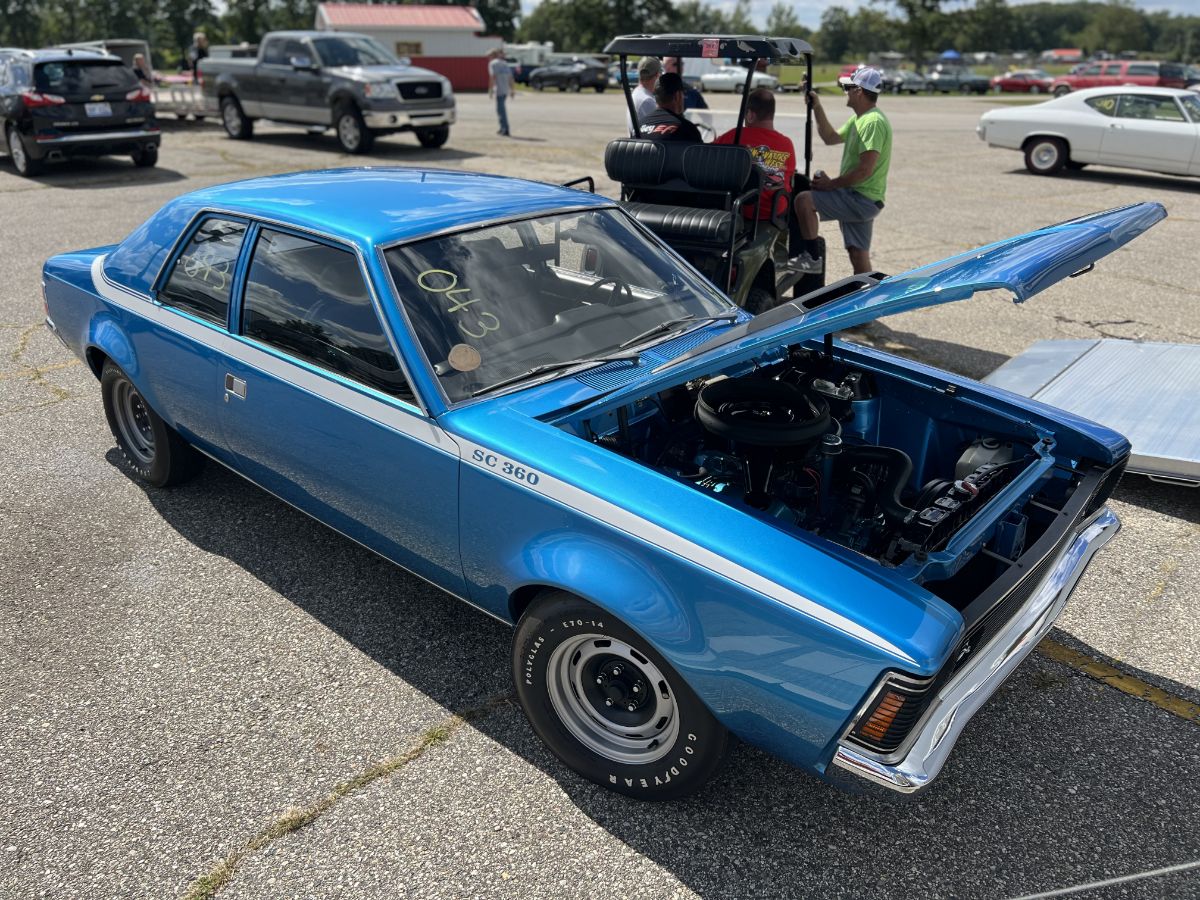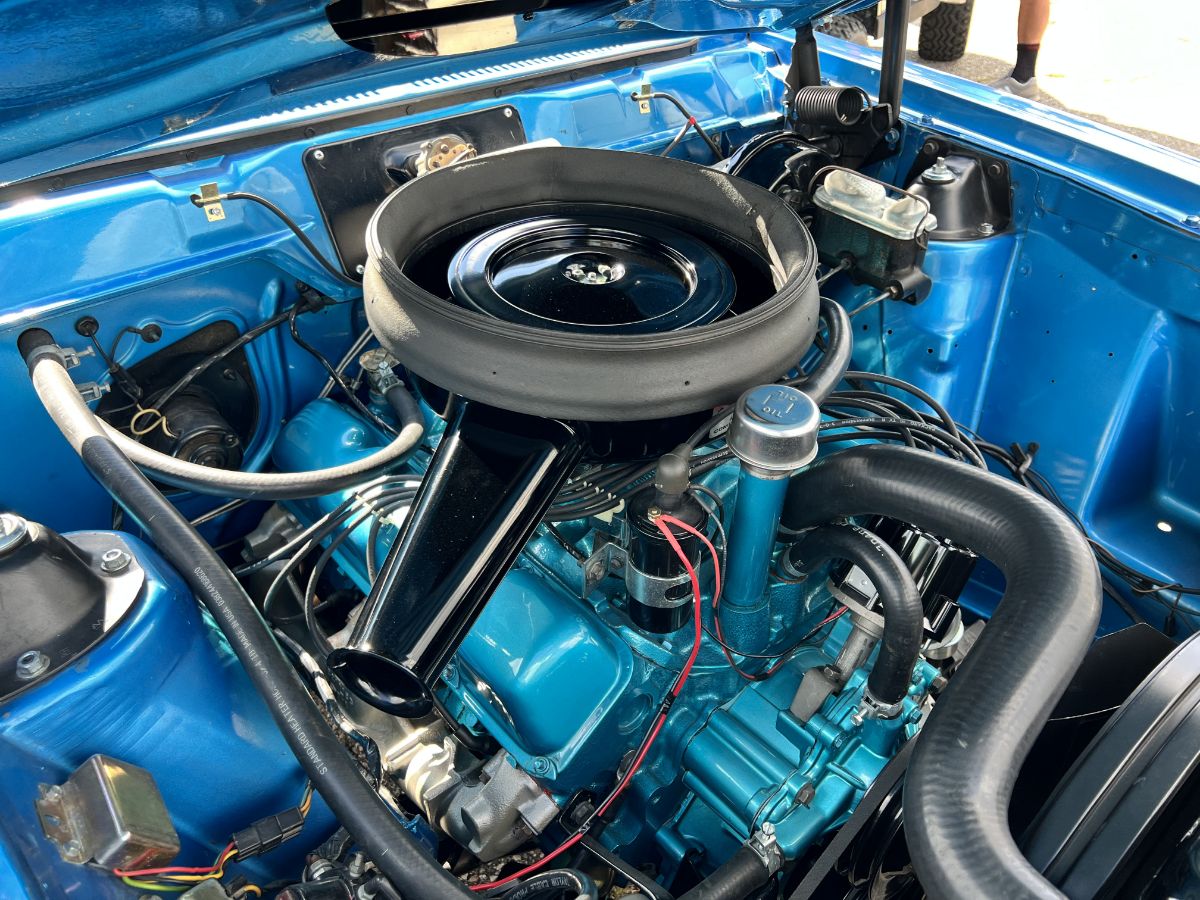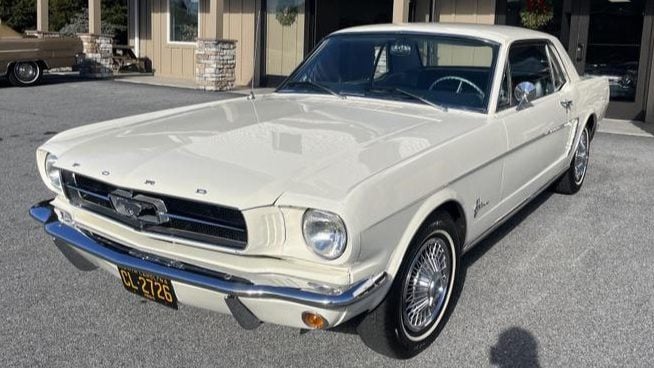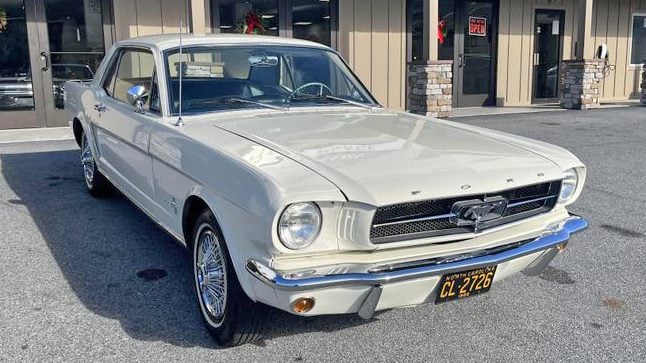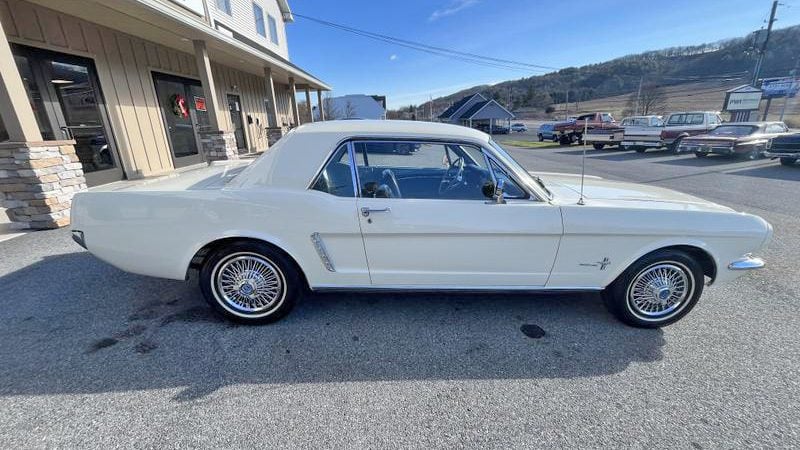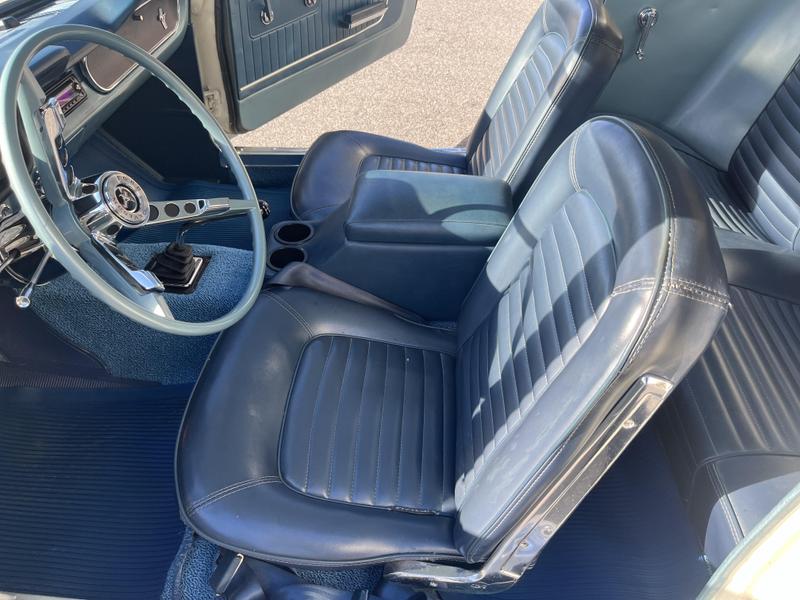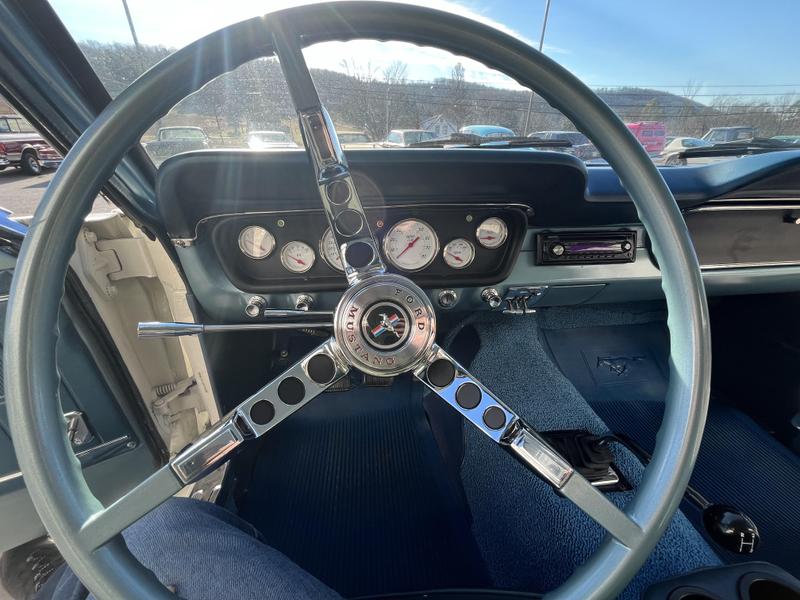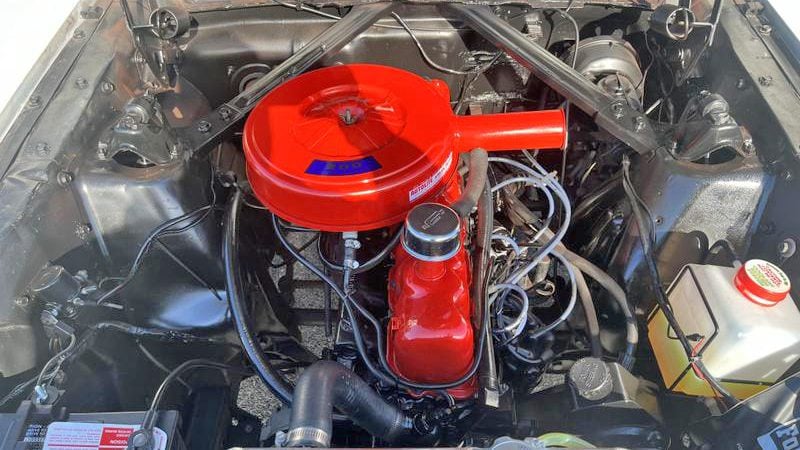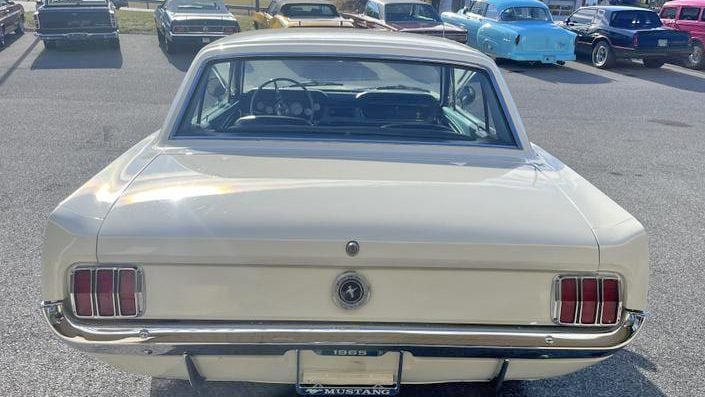Japan is one of the top car manufacturing countries in the world, with a thriving automotive industry serving an international clientele. It’s the third-largest automobile industry after the United States and China, and the second-largest car producer. The Japanese pre-owned car industry attracts collectors and car enthusiasts from across the world, with companies like Export from Japan (EFJ) offering insider access with low exporting fees, translation services, and access to Japanese car auctions. Classic cars in Japan are attractive to international collectors due to their more affordable price tag and higher quality, with many models exclusive to the Japanese market.
Let’s look at why Japan is the go-to choice for classic car collectors, with advice on navigating the Japanese car market to find your perfect classic car.

The History of the Japanese Car Industry
The Japanese car industry is virtually unrecognizable from when the Takuri was originally made in 1907, the first entirely Japanese-made car. In the early 1930s, American car manufacturers, including Ford and GM, had factories in Japan but were forced out of the market by government intervention in 1939. This resulted in the development of brands like Nissan and Toyota, along with the birth of the JDM industry.
After WWII, Japan entered a phase of high economic development, becoming the world’s leading economy in 1995. During this economic prosperity, the Japanese public began to invest in luxury and exotic cars, with car manufacturers producing special edition models available exclusively in Japan. The Mercedes Benz 560SEL became symbolic of the era as the go-to car for professionals.

The ‘90s represented a golden era for the Japanese automotive industry that began importing prestigious car models from Europe, including the Ferrari F40, Mercedes Benz S600, Lamborghini Countach, and Porsche 911 Turbo. Imported cars with left-side steering wheels became a status symbol, a theme that continues today. Demand for luxury cars led to AMG producing special editions, such as the G36 AMG and SL73 AMG, exclusively for the Japanese market.
Japanese car manufacturers also heightened production, releasing iconic JDM cars such as the Honda NSX, Nissan Skyline GTR, and Toyota Supra RZ. Cars produced for the domestic Japanese market typically feature right-side steering wheels.
Some of the world’s most sought-after luxury cars sit in garages in Japan. The gradual devaluation of the Yen over recent years means most rare and JDM car collectors are reluctant to sell their vehicles. However, Japan remains a top destination for collectors searching for classic cars in excellent condition.
Pre-owned luxury cars in Japan are attractive to international collectors as they typically have lower mileage and are in better condition than used cars in the United States and Europe. The annual car mileage in the USA is 2-3 times higher than that of Japan, where the average annual mileage is only 6,790 km/4,200 miles.
How to Buy a Collector Car from Japan
Most cars in Japan are sold through auctions and undergo extensive inspections by independent professionals, with the findings included on the auction sheet. Car collectors can work with specialists offering auction sheet translation services to shop online auction listings.
If you’re planning to buy a car from Japan, the importing conditions will vary depending on the country you live in. For example, the United States only allows non-domestic vehicles to be imported if they are over 25 years old.

Regardless of which car you’re purchasing or where you’re importing to, the process of buying a car in Japan typically involves five steps:
- Choose a JDM Exporter
The first step to buying a Japanese car is to work with a specialist JDM exporter. They’ll help you navigate the local market, including auctions, while also offering cars that can be purchased directly from them.
Your chosen exporter is your eyes and ears during the purchasing process, carrying out a pre-purchase inspection and translating auction sheets. Working with a JDM exporter allows you to access the Japanese car market like a local, even if you’re thousands of miles away.
- Choose Your Classic Car
Decide your preferences for your classic car, including your budget, manufacturer, and mileage allowance. Selecting these factors will help your exporter find suitable options to speed up the purchasing process.
- Make Your Purchase
Cars in Japan can either be purchased through an auction or sold as a private sale. Your Japanese car exporter will facilitate a transaction through either method. Car auctions are popular in Japan, but you’ll want to work with an expert to complete the bidding and purchase process.
- Have Your Japanese Car Exported
Once you’ve purchased your car, it’s time to start the exporting process. Your exporter will oversee the shipping process and complete the documentation on your behalf.
Choose a Japanese car exporter near a shipping port to reduce additional fees and speed up the dispatching process. You should receive a final invoice, export certificate, inspection certificate, and deregistration certificate.
- Vehicle Clearance on Arrival
When your Japanese car arrives at your local port, you’ll need to provide the documentation sent by your exporter to have it released. Your exporter will offer guidance on how to make the port clearance process as smooth and hassle-free as possible.

Are you shopping for a classic car in Japan? Export From Japan (EFJ) offers exotic and rare car acquisitions from Japanese auctions and dealerships not typically accessible to international buyers. Its team has over 15 years of experience in the automotive industry and specializes in JDM sports cars, rare cars, hybrids, and project cars. Located in Nagoya, EFJ is one of the top-rated exporters of pre-owned and classic cars in Japan. You can find out more about EFJ by visiting their website.









